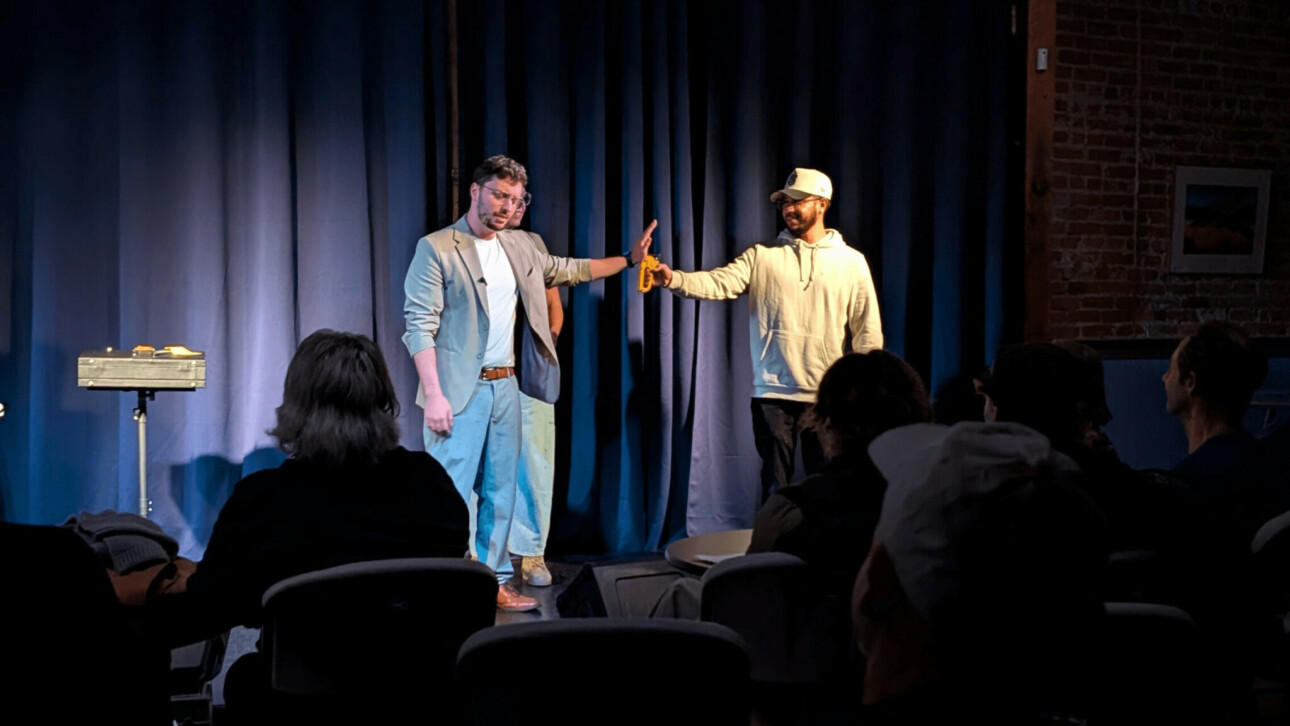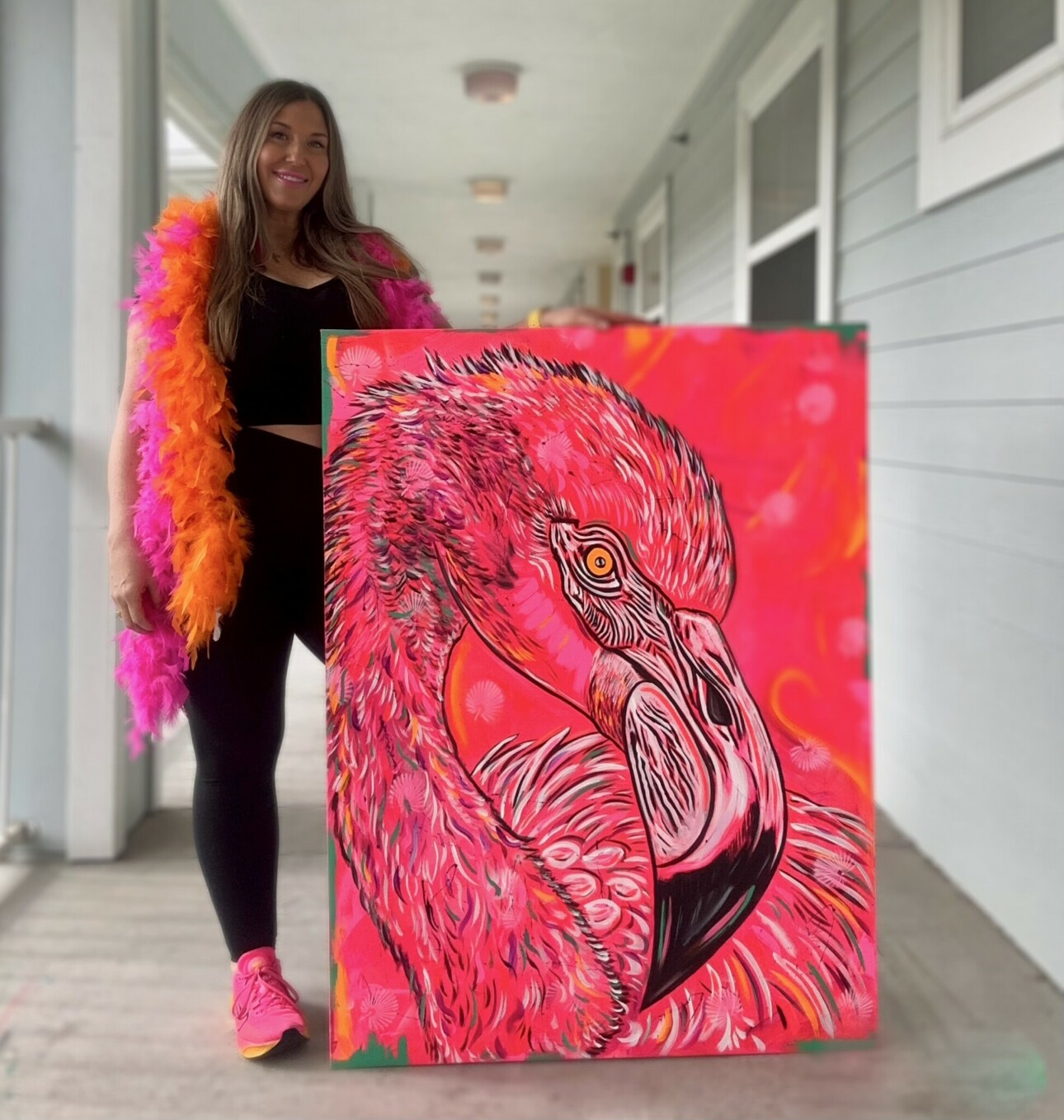Wanting to be an artist or creative is step one. Following through means investing in learning your craft, but we’ve heard from so many aspiring artists and creatives who feel unsure about where to start and so we’re incredibly grateful to the artists and creatives who’ve agreed to share their stories of how they learned their craft.
Jeanna Young
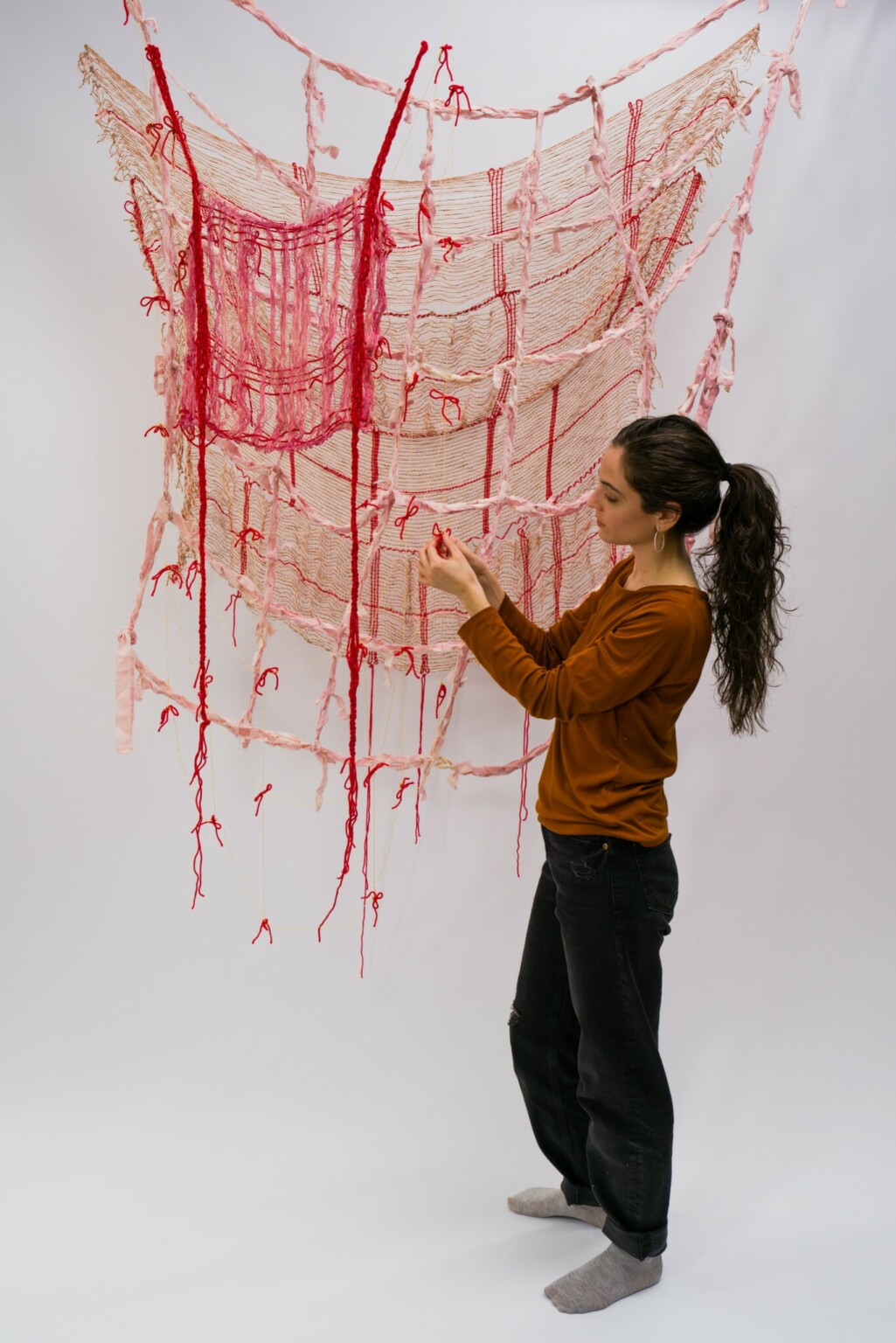
I stumbeled upon an intro to floor loom weaving course while a student at North Carolina State University and it just clicked with me. I ended up changing majors so that I could study within the college of design in their fibers program. Finding textiles was a relief for me as I was pretty lost beforehand and I really clung onto it. I was lucky to have professors that were encouraging and I really fed off of that validation. It was a really nurturing environment. I am glad that my introduction was a more crafts based traditional process and approach as it set a strong technical background. From there I’ve been able to deconstruct or unlearn some processes. Read more>>
Bryan Coffee
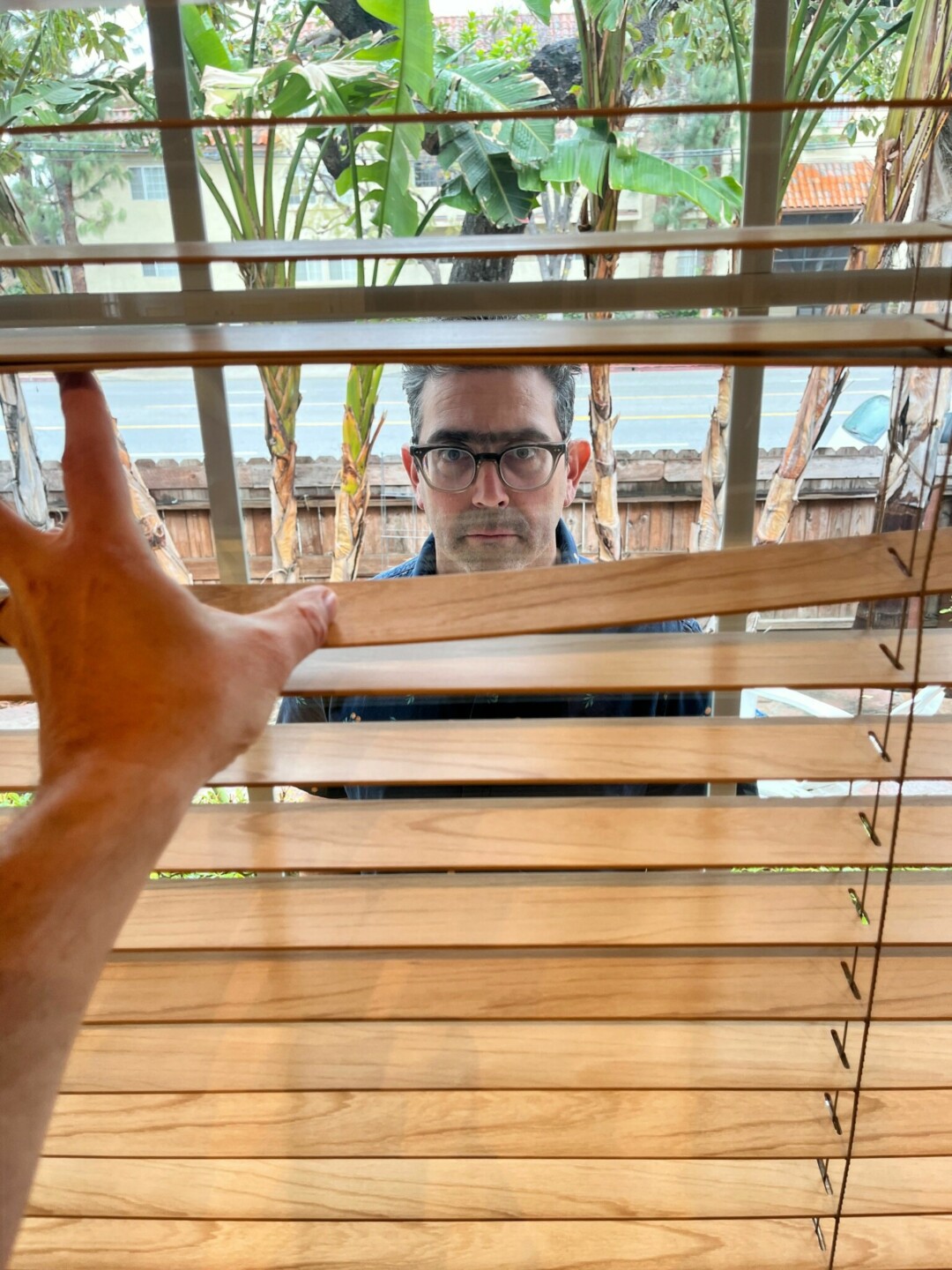
I learned acting by trial and error. Pretty much everything I have done with my life is just by trying it having some success some failure then learning what worked and what needs improvement. That’s why I always watch everything I do. I find it interesting that lots of performers do not like watching their work. I’m proud of all the work I do and when I watch my performance I get to see if the preparation I did produced the results I wanted. If it didn’t, I try learning from the experience. If it did, I still try to learn from the experience. Read more>>
Adam Rose

The work that I create now as an artist is truly the distillation of every class, every side project, every job that I’ve ever had. I could be mistaken as a photographer, but deep down in my heart, deep down in my core, I am a lighting designer – a sculptor of light. I use light to sculpt people, moments, ideas, emotions, and space. Its a skill that I went to college to learn and refine and spent nine more years designing and programming lights for Off Broadway plays and musicals. I worked along side other designers and directors to tell stories – using light to manipulate emotion, direct attention, create rhythm, and define space. Light is the foundation for how I approach my work as an artist, it is the lens that I use when I create new works, but it is not the only tool in my studio. Read more>>
Tetiana Zhmendak
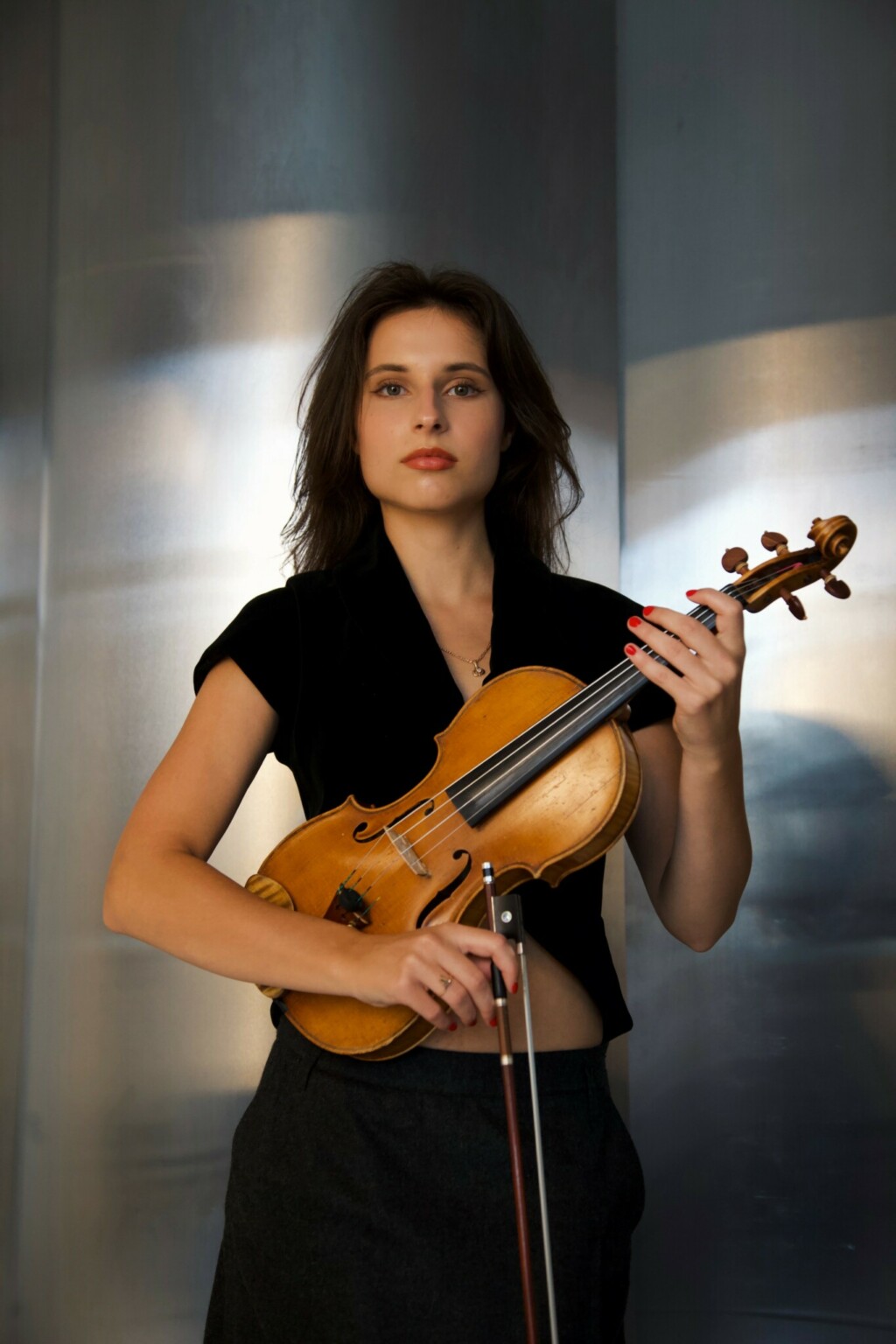
When it comes to playing the violin, finding the right teacher is crucial. Pedagogues are our guides into this world, and it is very important to learn from someone who will teach you the nuances of the instrument and help you develop your sound and musicality. The violin is a very sensitive and complex instrument. I have been fortunate to have amazing teachers in my life who have helped me understand it. Read more>>
Billy Jones
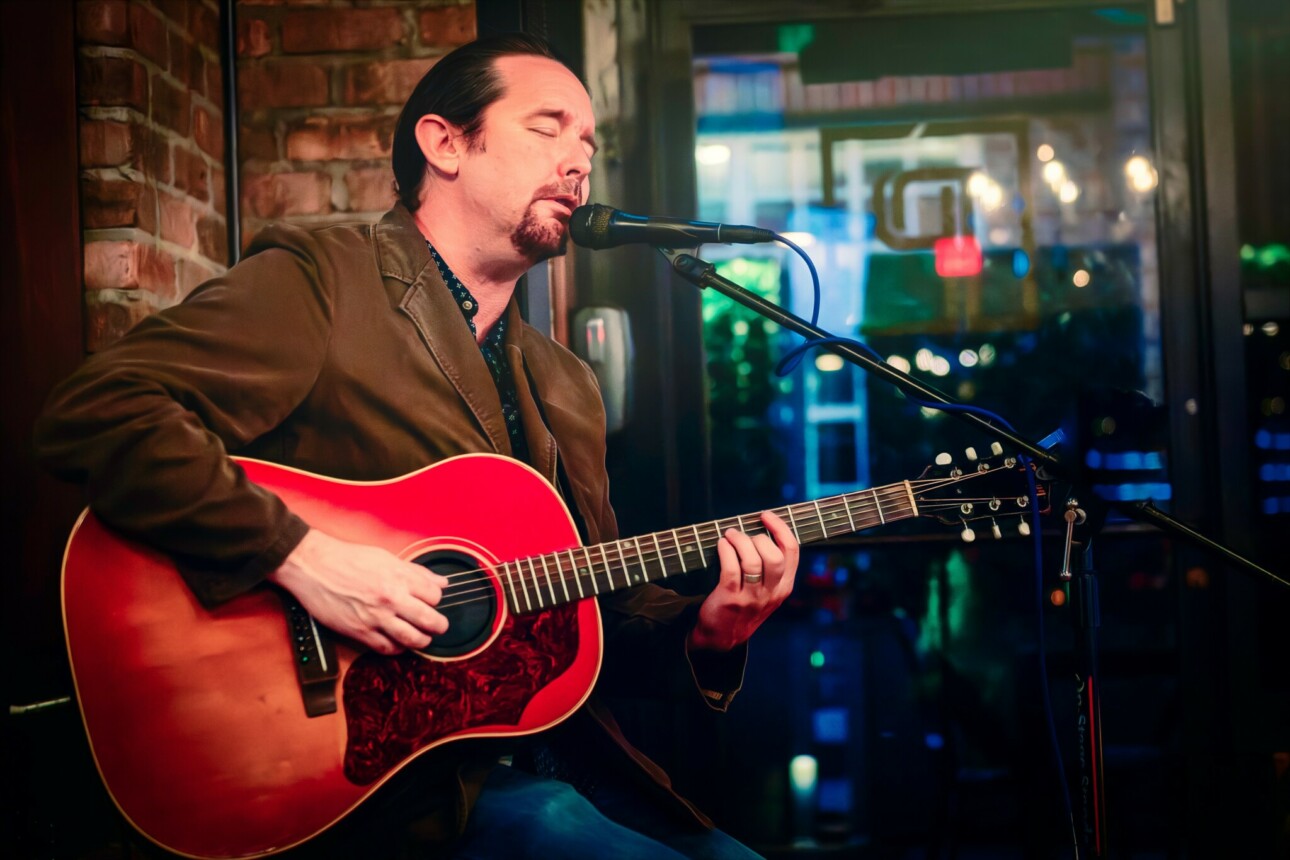
I am a self taught musician. I started with guitar at the age of 19. I had friends that played and picked up basic things by watching them. Looking back, taking some lessons would have been a faster track for learning to play at the beginning. The most essential skill for learning any instrument is patience. Learning to play music is a journey, and you pick up little pieces all along the way. The biggest obstacle for learning an instrument is time. Read more>>
Rachel Lenz
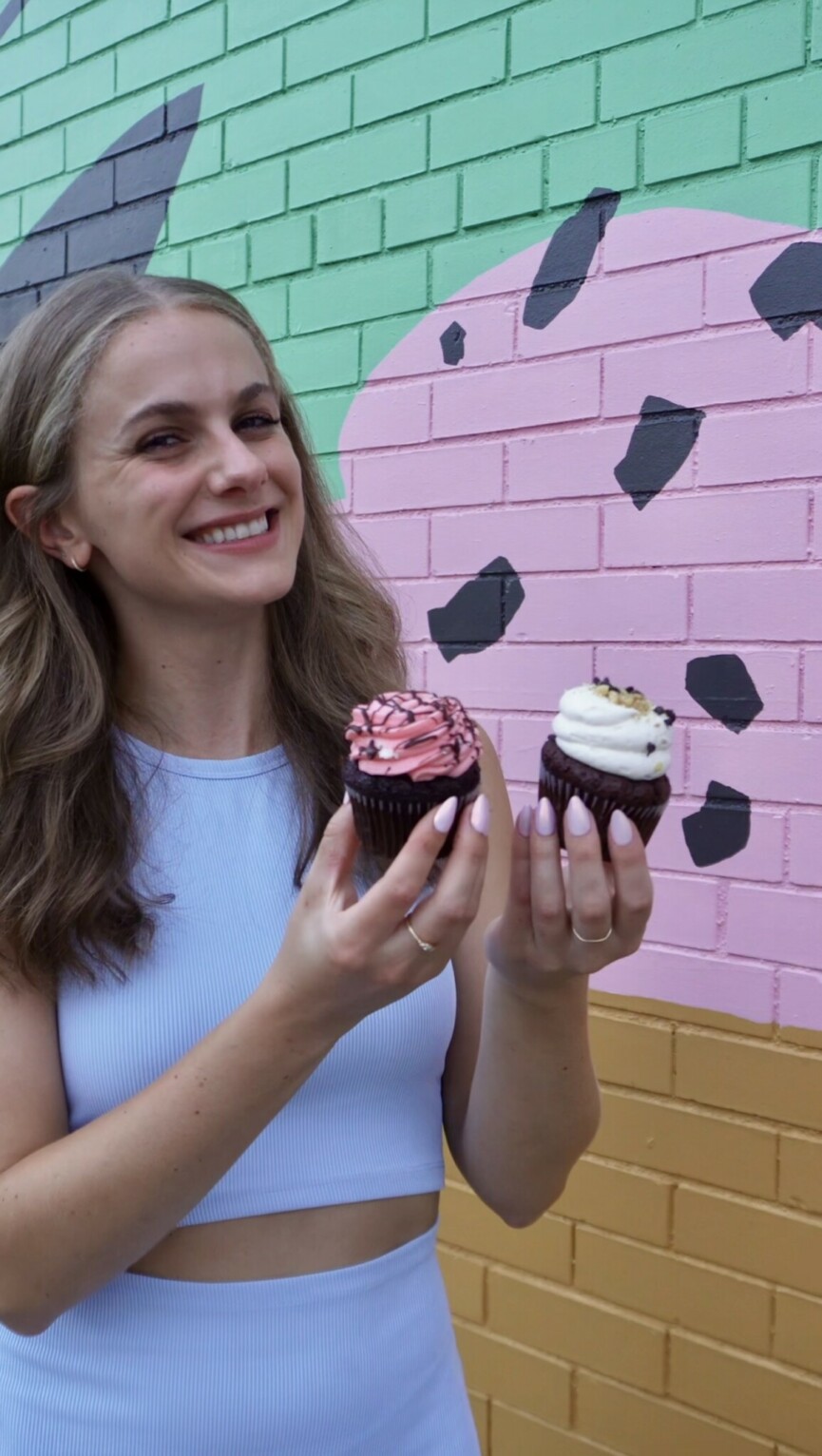
If you had told me back in 2019 (back when I shared my first static Instagram post) that I’d be referring to myself as the word “influencer” in 5 years, I would have called you crazy.
I started my food account, Detroit Eats ‘n Treats, solely because I loved taking photos of my food while out at restaurants. I figured my followers on my personal account didn’t care to see what I was eating every day and I followed a few of the now “OG food influencers” and figured ‘why not?’ and thus, Detroit Eats ‘n Treats was born! Read more>>
Liz Garcia
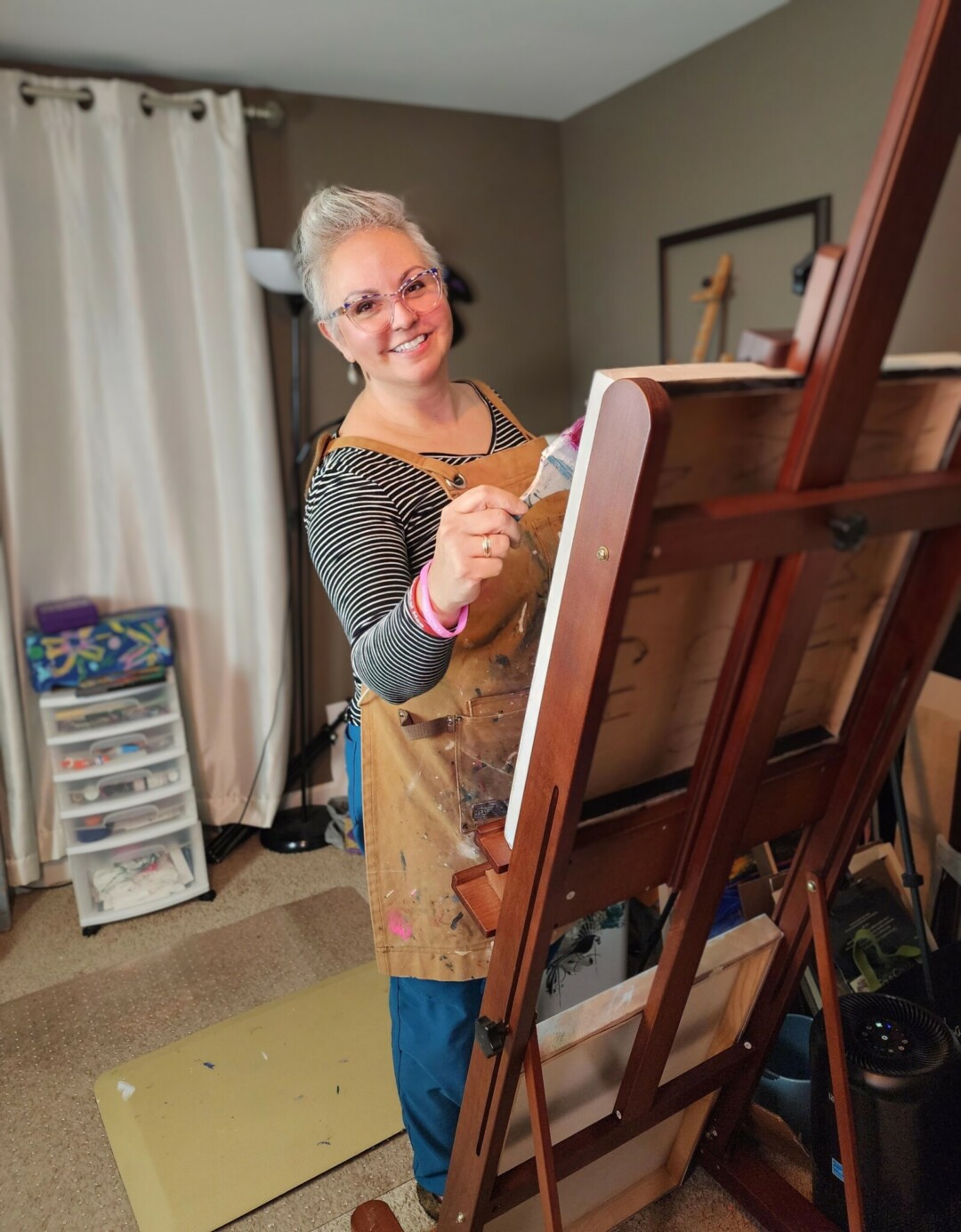
I always played around with a paint brush. I remember from a very young age using a sand pail full of water and a paint brush to “paint” on the concrete. I participated in school art classes but at some point I thought I needed to ‘grow up’ and do what I thought was more practical. If I had to do it all over again, I would have kept at it and made painting part of my daily practice. Learning to create for myself has been the most rewarding as it’s a distraction from real life and nearly meditative. The biggest obstacle or setback to learning more has been raising children and taking care of elders but I have now found a way to utilize online classes and meet fellow artists virtually. Read more>>
Ashley Spitler

My dad, Rick Spitler, has played the drums since he was 13, so I grew up watching him in his band and wanting to be like him. He taught me the basics of drumming at a young age, and I joined the school band in 5th grade and learned how to read music and how to play other percussion instruments. In junior high I started playing full kit, practicing to some of my favorite artists like Sanctus Real and Relient K. In college, I played drums for Campus Crusade for Christ, and eventually got involved with a local church following graduation. Read more>>
Jillian Danford

I am a content creator,, storyteller that brings authentic narratives to life through both digital and television platforms. I learned my craft through hands on experience and a constant process of trial and error. I learned from living life and the world around me. Without formal media training, my personality and authenticity took me a long way. For the technical part of my craft for instance on Youtube, I had to learn how to edit my footage on a programme that I had never seen in my life. It was like learning a foreign language. However, mistakes, trial and error and lots of frustration, made editing easier along the way. Knowing what I know now, I might have taken on a more structured approach by perhaps enrolling in formal courses BUT I believe that the path that I took and the struggles with it, was uniquely mine. Read more>>
Nathan Gomez

I’m mostly self-taught in almost all of my artistic skills—drawing, sewing, animating, and editing. From the beginning, I learned by immersing myself in references that inspired me. It wasn’t just about watching tutorials; it was about dissecting the things I admired and figuring out how they were made. Read more>>
Jake Berg
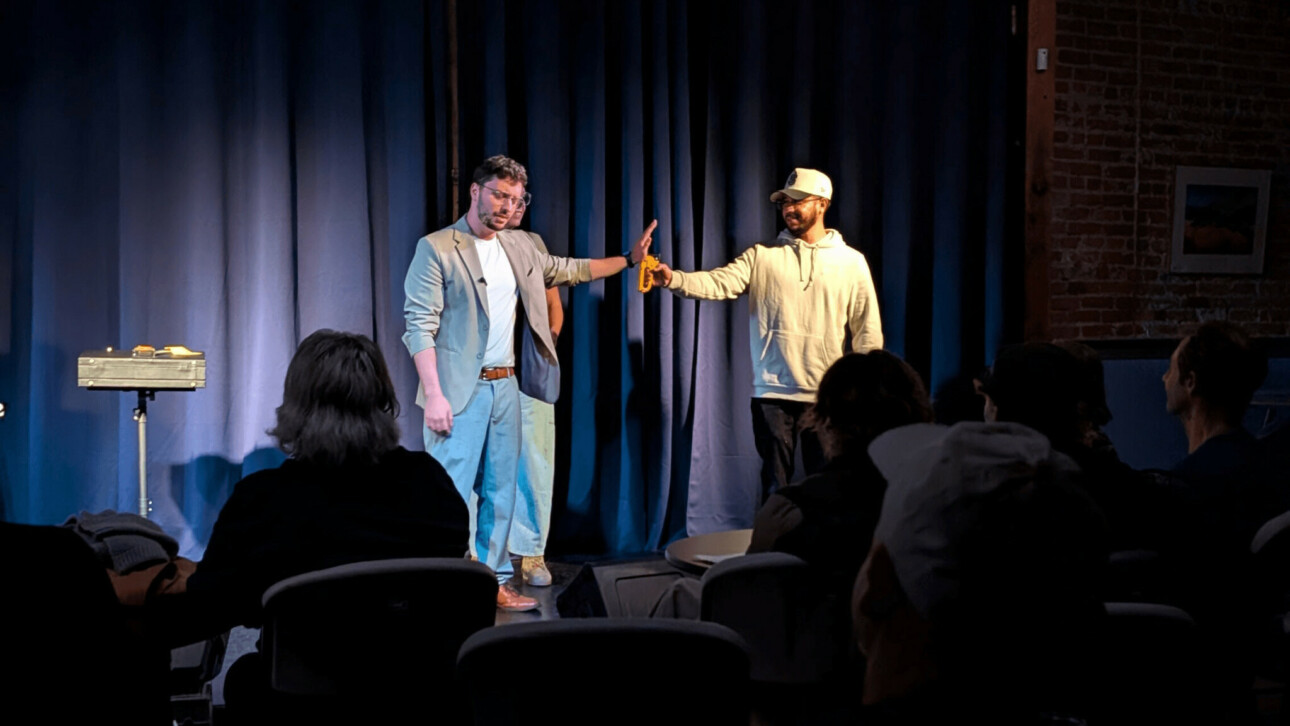
I was in college studying to be a psychology major. In my spare time I would teach myself how to edit videos. It was a process of dreaming up an idea and then watching youtube video after youtube video till I could achieve my vision. There came a point where I realized time I spent in class felt like a waste because it took away from the time I got being creative. I utilized all the recourses I could, and would constantly be in the my colleges computer lab so I could use softwares I couldn’t at the time afford. The main thing I realized that holds people back is the fear of starting and need for perfection. Once I stopped letting that get in the way, I started posting videos on instagram that eventually gained traction. Once I realized I could make a living following my dreams, I ended up dropping out to pursue video editing full time, and haven’t looked back since. Read more>>
Savannah Swaine
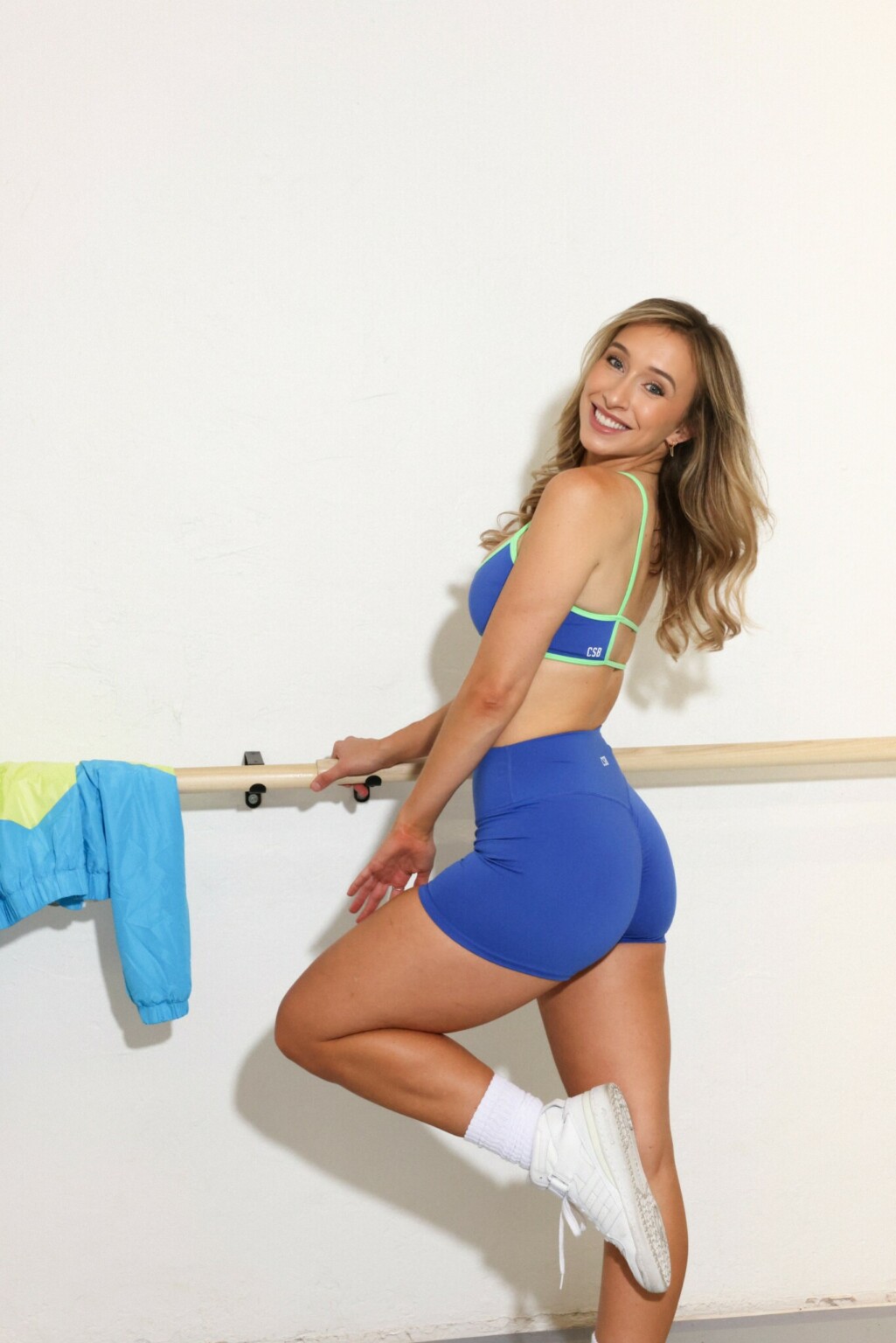
I learned to choreograph at a very young age. Was I good at it then? I don’t know, but I loved it and it has followed me throughout life. I remember being in my parent’s basement making up solos, creating dance routines with my two sisters and having sleepovers with friends and coming up with fun routines. Then I grew to choreographing competition routines in high school and then I choreographed national routines in college while I was at the University of Arizona. Then it followed when I cheered professionally for the Arizona Cardinals and I have been choreographing professionally for over 8 years now. I believe timing is everything when it comes to creating. It can’t be rushed. Read more>>
Kourtne Gissentanner
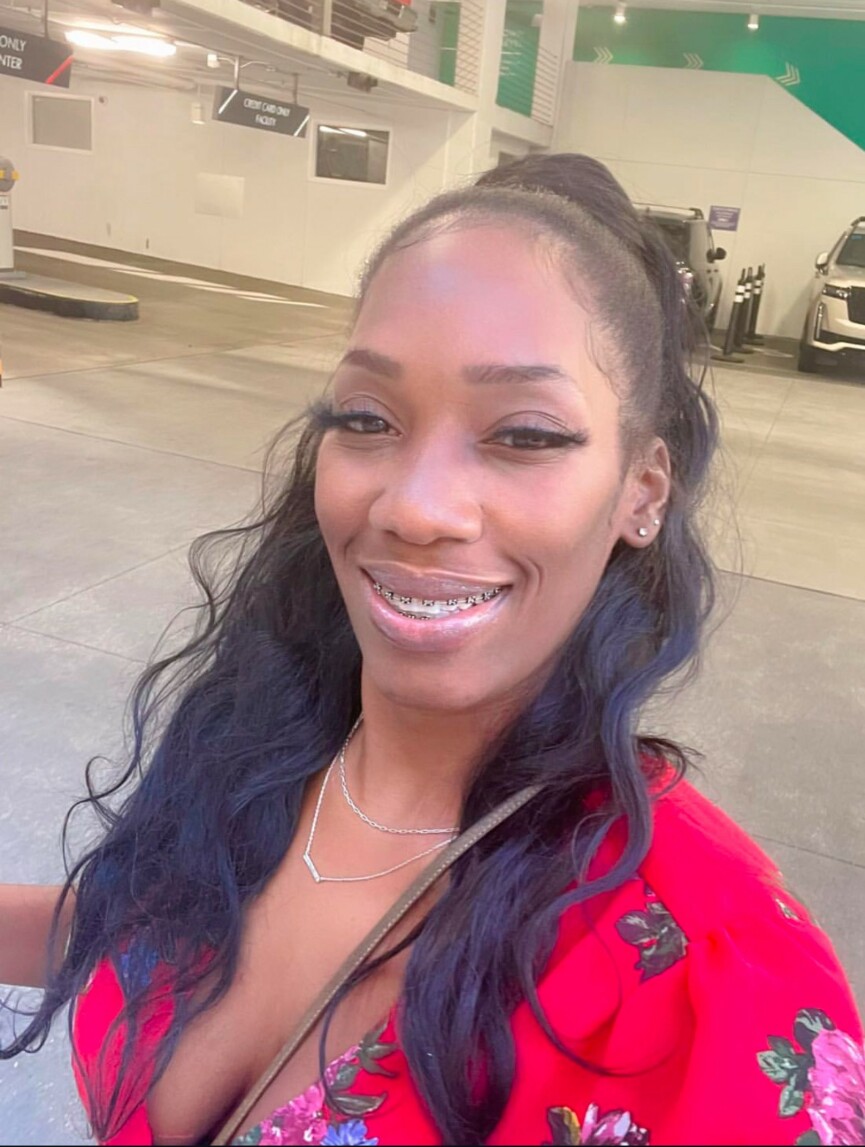
I learned the craft of acting through study of my favorite sitcom’s, experience, and a deep love for storytelling. Watching great performances, taking classes, and working with coaches helps me to refine my skills, but real-life experiences and being on set have been my greatest teachers. Looking back, I would have started earlier, taken more risks, and networked aggressively to speed up my journey. The most essential skills have been discipline, emotional intelligence, adaptability, and confidence especially as both an actress, music artist and CEO. Balancing my business, personal life, and artistic growth was a challenge, but I’ve learned that obstacles are just stepping stones. Now, I’m fully embracing my artistry and ready for every opportunity that comes my way. Read more>>
Lada Trabant
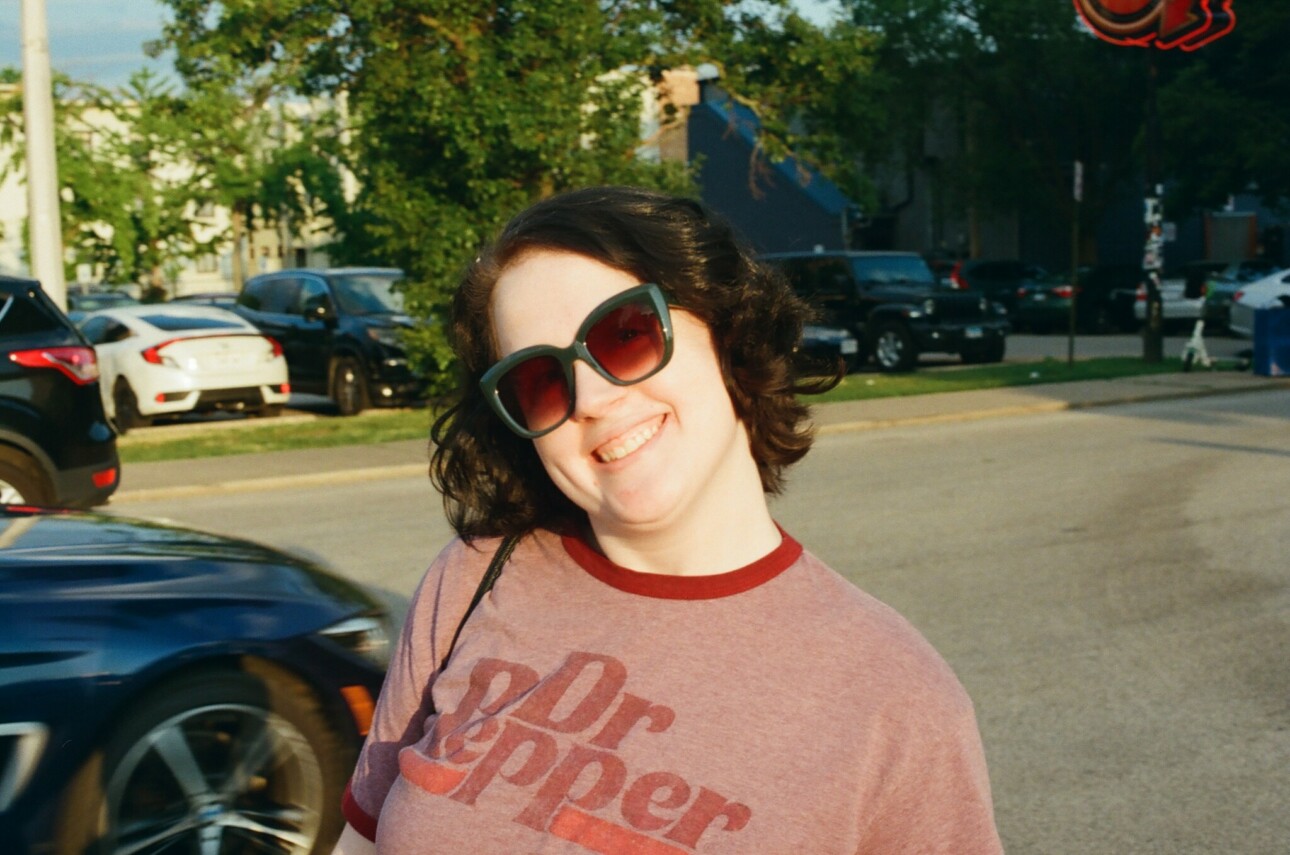
I bought a used iPad and decided I wanted to learn how to draw. Having a background in history meant that I wanted to do art that drew on my background in history, so pin ups seemed like a good place to start. I taught myself how to draw on Procreate. The best way to learn how to make art is to make a commitment to do it every day and to keep doing that. Sometimes if I don’t like the way a piece is going, I just finish it anyway for more practice. Looking at other people’s art, finding reference images, and learning about other artists and their processes are all good ways to learn in addition to the act of doing art itself. Read more>>
Chase Smith

Over the past two years, I’ve spent countless hours independently learning music production and media. My journey started with curiosity and a passion for creativity, leading me down a path of trial and error, self-teaching, and relentless experimentation. I immersed myself in tutorials, studied the work of professionals, and refined my skills through hands-on practice—often spending entire nights perfecting a sound or visual. Read more>>
Ava Esmaili
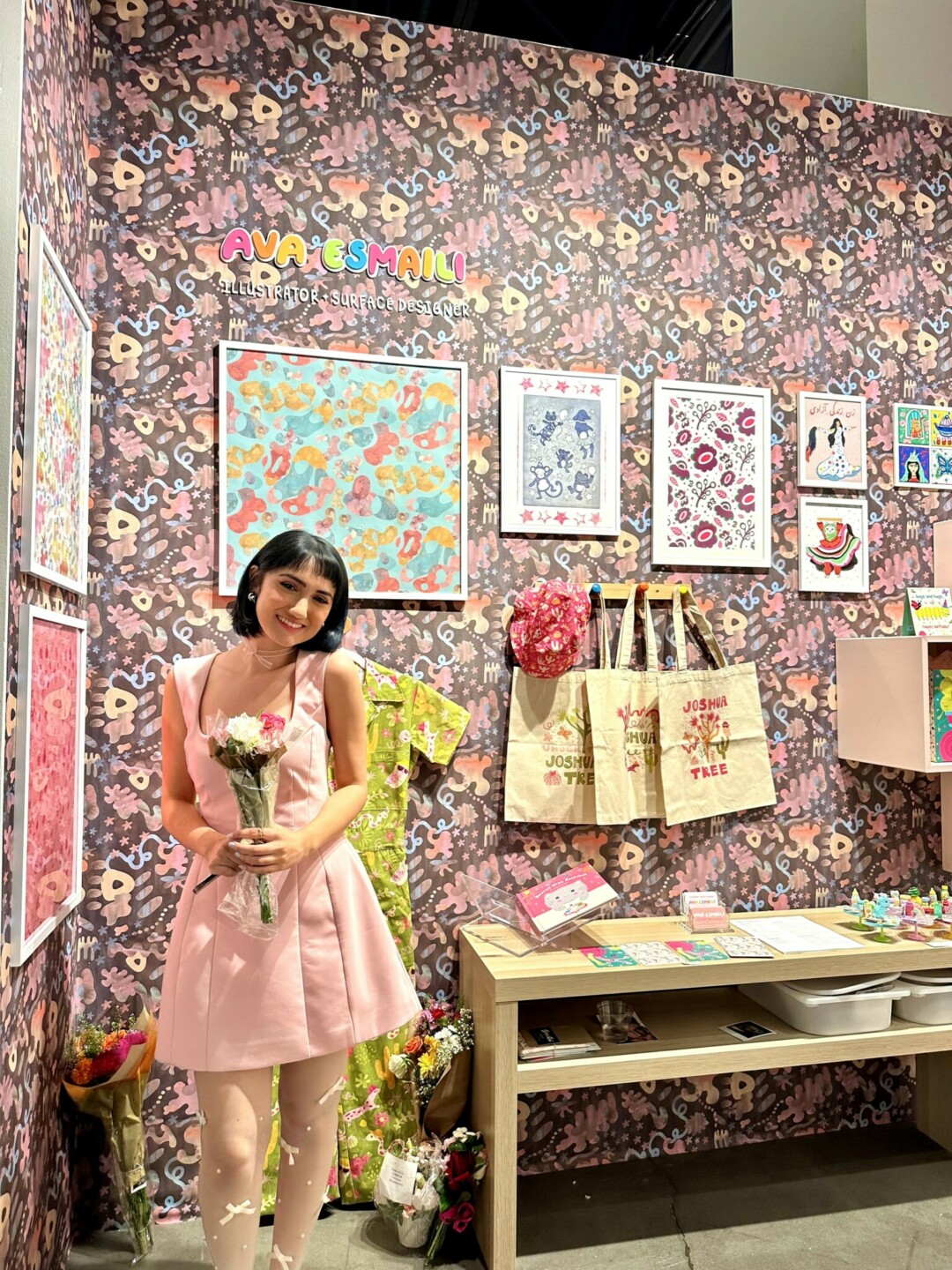
Growing up, I always looked up to my grandpa who is an architect and I was always inspired by his fine line drawings, which ultimately led me to art. Not only that but my mom also working in the toy industry has shaped a lot of my artistic upbringing. Being in a creative environment and growing up in a Persian household full of art always inspired me to do more. I learned to illustrate through my art classes at a young age and later in life, I attended ArtCenter College of Design. I majored in illustration and took a specific liking to a specialization in surface design, due to my liking of seeing others interact with my work in their daily lives. To speed up my learning process, Read more>>
Marcy Goeller
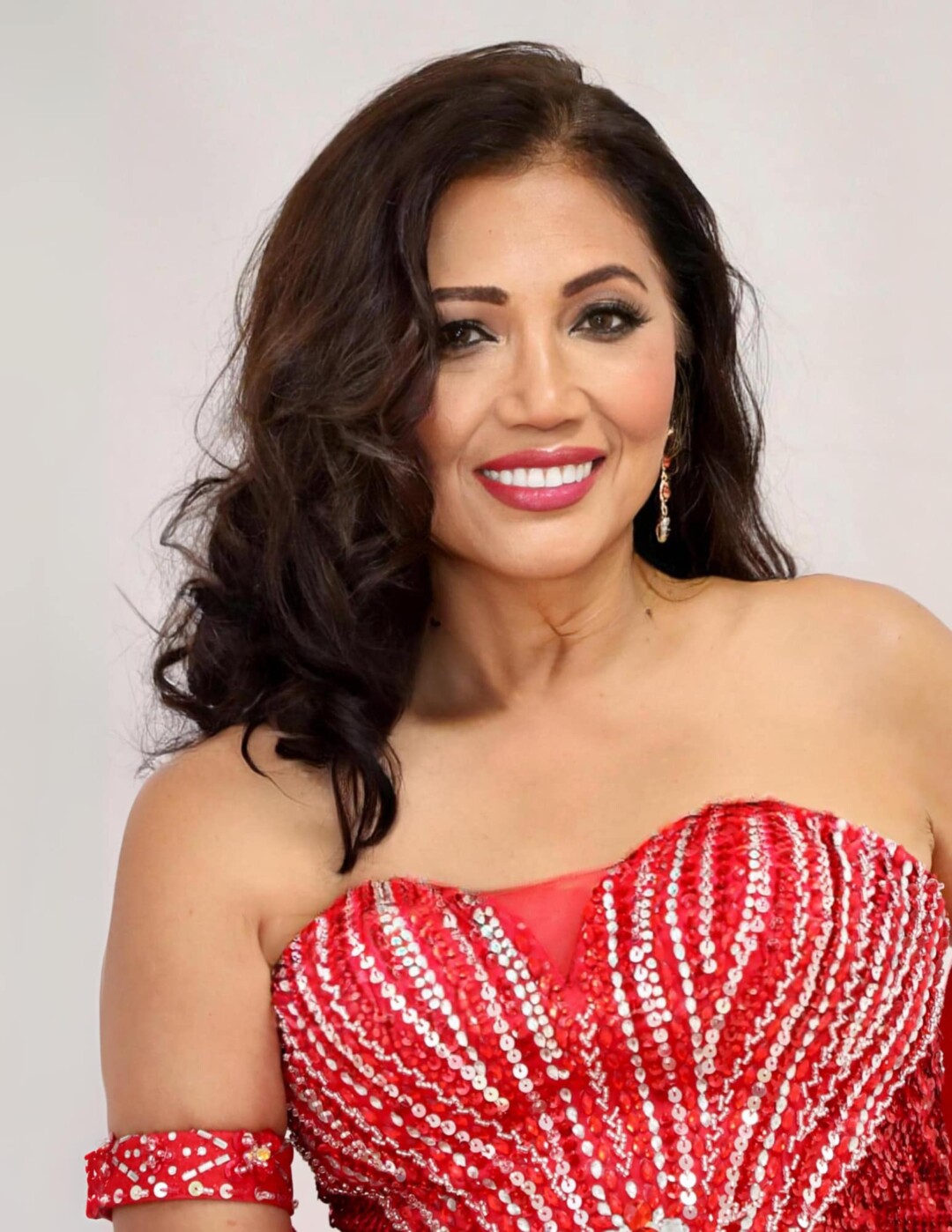
I finished college with a degree in Education. After college I was assigned to practice teaching for 6 months. Then I got a job in the Philippines teaching elementary and high school students. I learned a lot from other experienced teachers. I also made sure I attended a lot of workshops for early childhood education to teach pre-K and kindergarten. I really enjoyed these workshops as they provided me with a lot of great ideas for teaching and handling students and parents. Read more>>
Felix Sierra Polanco
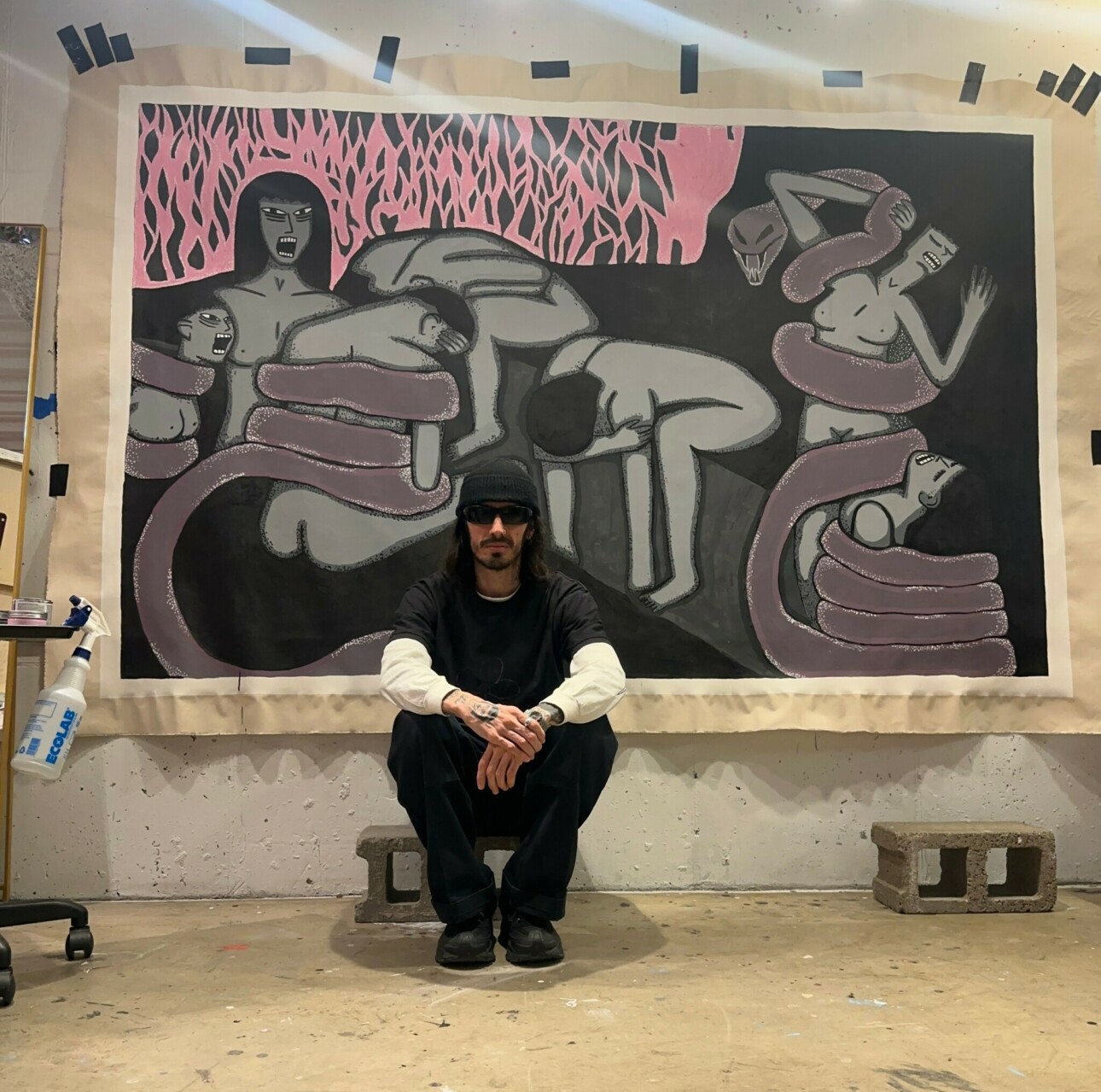
I learned it all on the way, I never went to an art school, I haven’t had a teacher or a tutor, it’s all been by asking, talking, searching, reading, investigating, consuming magazines, books, movies, conversations, experiences.
Consume less drugs and partying (of course, maybe those drugs and parties were important at the time to express everything I was feeling).
Believe more in my ideas and take more risks, taking risks is very important. Read more>>
Juanita Londoño Gaviria
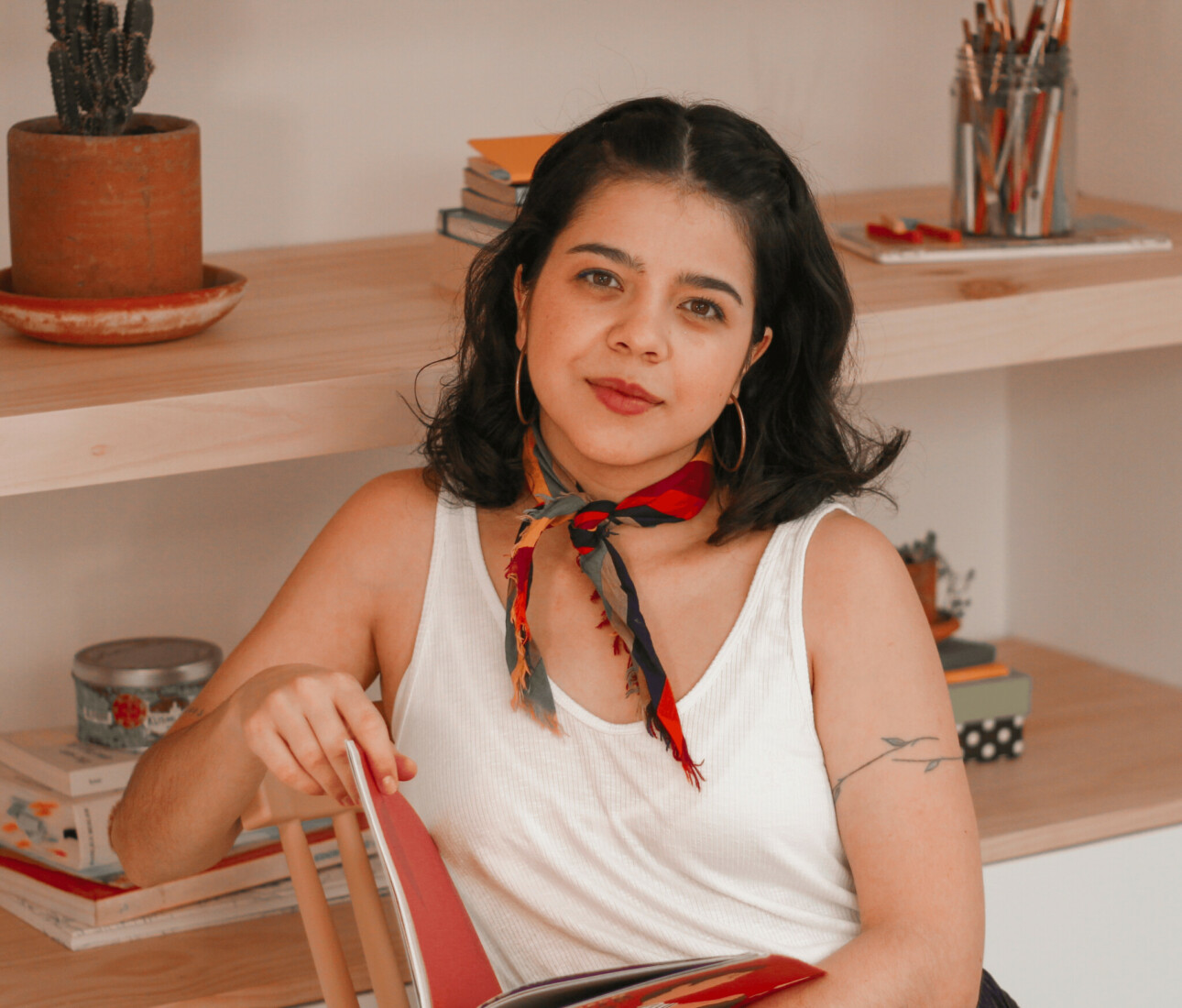
I took a long route to get here. I think most of it is due to the fact that in Colombia (where I was born and still live), there wasn’t an option to study illustration. I always loved drawing, but there wasn’t a “career” for it. This meant that I had to choose something different that still allowed me to draw but wasn’t exactly illustration. Read more>>
Sierra Evans

I’ve always had a love of art, even since I was a little girl. My parents were extremely supportive and constantly signed me up for different art classes – from ceramics and sculpture to drawing and painting. This exposure to different mediums and techniques allowed me to experiment and uncover what type of visual art I enjoyed most. I try to maintain this sense of curiosity, even now, with my process. The intention is to let go of the self-criticism and just be loose with the materials to see what comes forth onto the canvas. Read more>>
Kyle Lewis

While many comics jump into the deep end, I started by taking a class. I took an improv class first that had a bunch of stand-up comedians in it. I told them I was interested in trying the stand-up class and they recommended I try it out.
A stand-up class may sound silly, but it teaches you how to not suck for 5 minutes and a lot of people can benefit from it. I didn’t even know how to write a joke. With the class, I learned joke structure, joke writing, what can turn a joke from funny to unfunny and vice versa, and gained a lot of perspective about stand-up comedy. Read more>>
Christopher Jon

From a young age, I learned what I do (singing and performing) merely by practicing and imitation. I never had music or drama in elementary or high school so I would return home from school and put on my Original Broadway Cast Recording albums or some Rock ‘n’ Roll cassette tapes. I went to Catholic school and so by that setting alone I grew up singing in church. I don’t remember being a better singer than the other kids at that time…but unlike most of them…I didn’t have stage fright so the nuns would often pick me for the solos. Read more>>
Ben Fremin
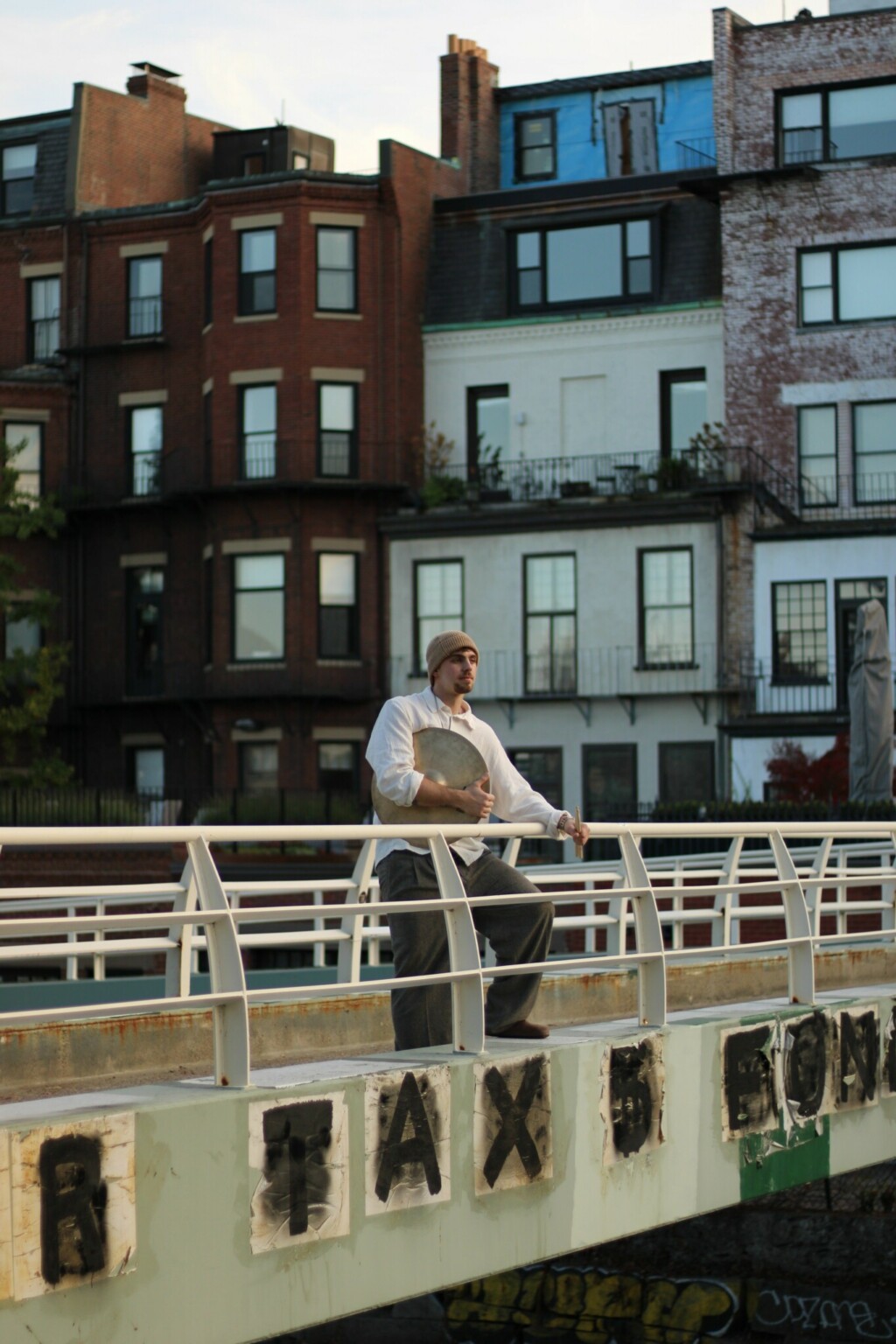
The biggest obstacle I had was myself. I quickly learned that I controlled my motivation level and the intensity I wanted to accomplish tasks and exercises. My teacher, Ed Anzueto, was a key factor in my development. Ed taught me the key components to technique and rhythmic vocabulary that would set me up for the rest of my career and musical journey. I was very blessed to have a committed teacher at such a young age. Something I wish I did earlier was diversify my listening. Nowadays I listen to Jazz, R&B, Rock, Rap, Fusion, you name it. When I was younger, I had a much more stubborn ear that I outgrew through maturity and time. I really never wanted to force myself to listen or consume a style of music if I really deep down didn’t feel passionate about it. I am very content how I was brought up musically, I would be an entirely different player if anything was different as anyone would be. Read more>>
Alicia Betancourt
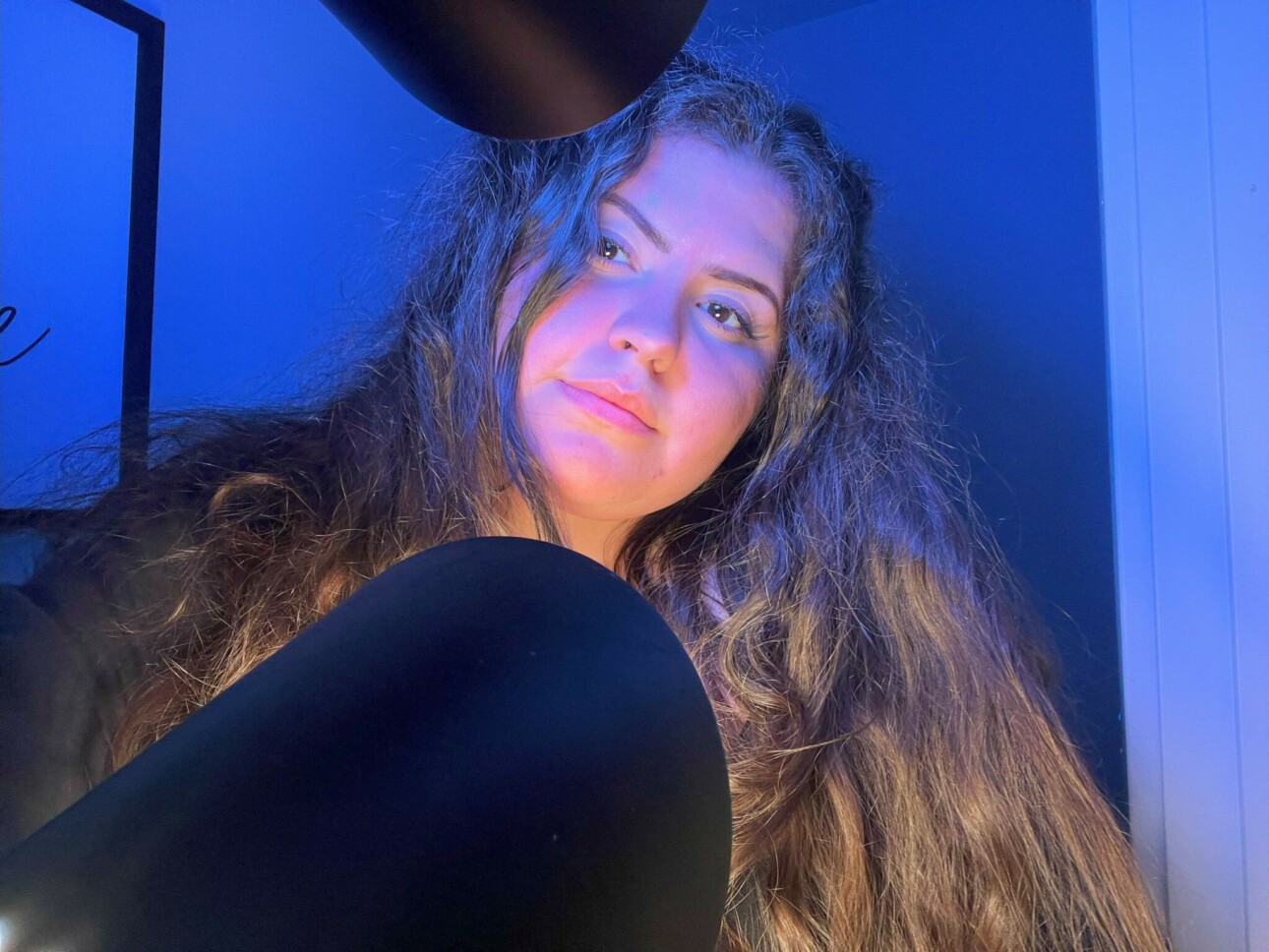
Growing up I would love to sing. You’d catch me screaming my heart out in the shower or humming around the house. Unfortunately, I was tone deaf. I remember watching a video of me practicing for an audition for my middle school talent show. I would describe my performance cringe worthy. That awakened a desire to improve my musical ability because of my love to sing and I have a competitive spirit. With sports, school and being as shy as I am, I didn’t know how to do it all so I kind of gave up. Read more>>
Rose Eckes

Because I’m in the film industry, a lot of people assume that my job is based almost entirely on creativity. While that is part of it, there are so many analytical tasks that I do every day to create a film that people end up seeing.
As for the creative aspects, I don’t think I ever learned them necessarily. I grew up as an only child, creating worlds and stories to keep myself entertained, and I guess I just never stopped. Read more>>
Joanne Daschel
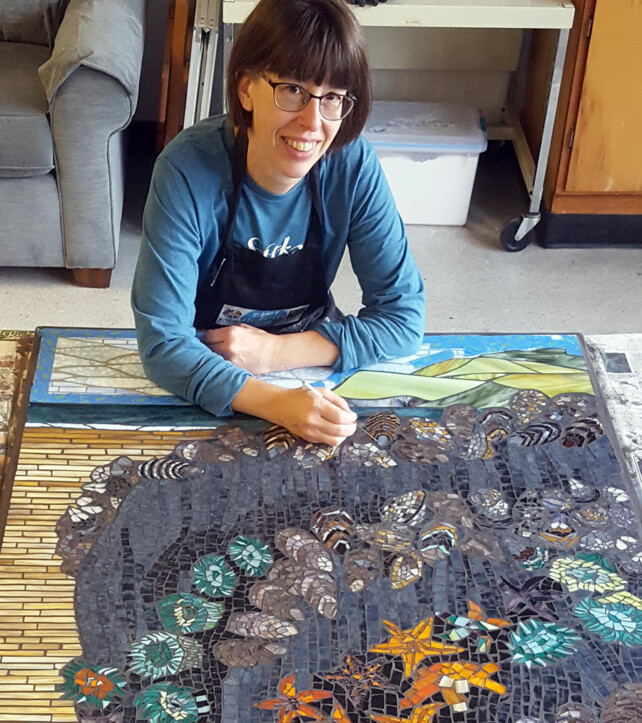
I learned mosaic largely by doing, making mistakes and gleaning necessary info from short workshops and kind mentors. In the US, there are no degree programs for mosaic as there are in Europe, but classes and workshops are plentiful here. When I started, my options were limited to the few books I could find and the workshops I could afford to attend within my tight budget. Perhaps the process could have been moved along with more chances to travel and study, but I have come to believe the best lessons are gained by sitting in the studio chair each day and starting something that scares me a little. Problem solving has always been my best way to learn new skills and insights. Read more>>
Maggie Talibart
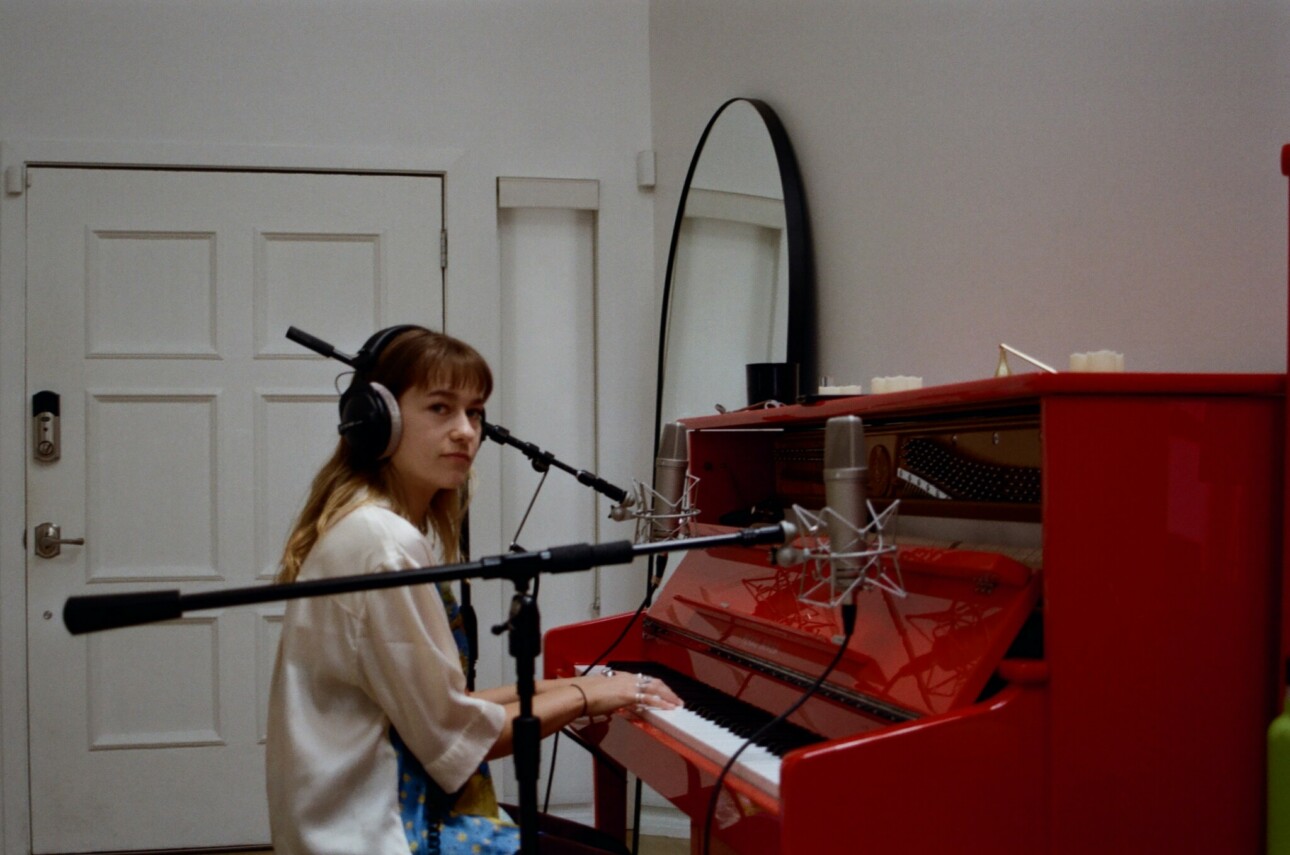
I learned to be a music editor through a combination of formal education, hands-on experience, and mentorship. Studying at Berklee gave me a strong foundation in music theory, arranging, and production, but the real learning happened when I started working on actual projects. Read more>>
Leah Steiner
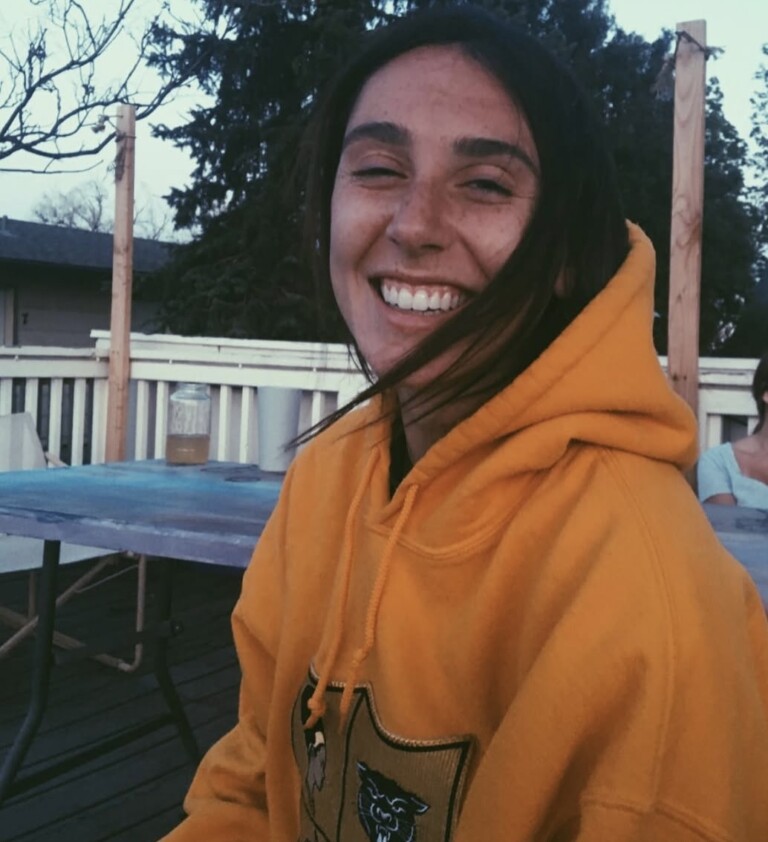
I was a junior in college when Covid-19 plagued the world and while the pandemic of course had negative impacts on my life, it freed up a lot of my time, and with that time I taught myself how to paint. I remember being in my room on a zoom class, I turned my camera off, pulled up YouTube, and watched a video on how to draw a nose. Every day since then, I have sat down and created something. The first part of the process of learning how to paint came from trial and error and lot of practice. I have always been a creative person with what feels like a never ending stream of ideas so it felt really natural to have a brush in my hand and just let go. However, as time went on, I felt like in order to be a “real” artist, I needed a more foundational understanding of shapes, proportions, Read more>>
Yvette Wren

I was really self-taught. There are many paths to becoming a writer. You can go to school, Some of the top schools out there that people attend to learn writing are UCLA, USC, NYU, Northwestern, and the list goes on and on. I sometimes do think that going to one of these schools would have sped things up for me, but that’s what makes becoming a professional writer so interesting, you can come to the art by a lot of different paths. With writing the most important skill you need is knowing how to tell a story. I actually never stop learning. I’m always listening to podcast, watching Youtube videos and reading books to learn more. Read more>>
Leah And Linda Bonine
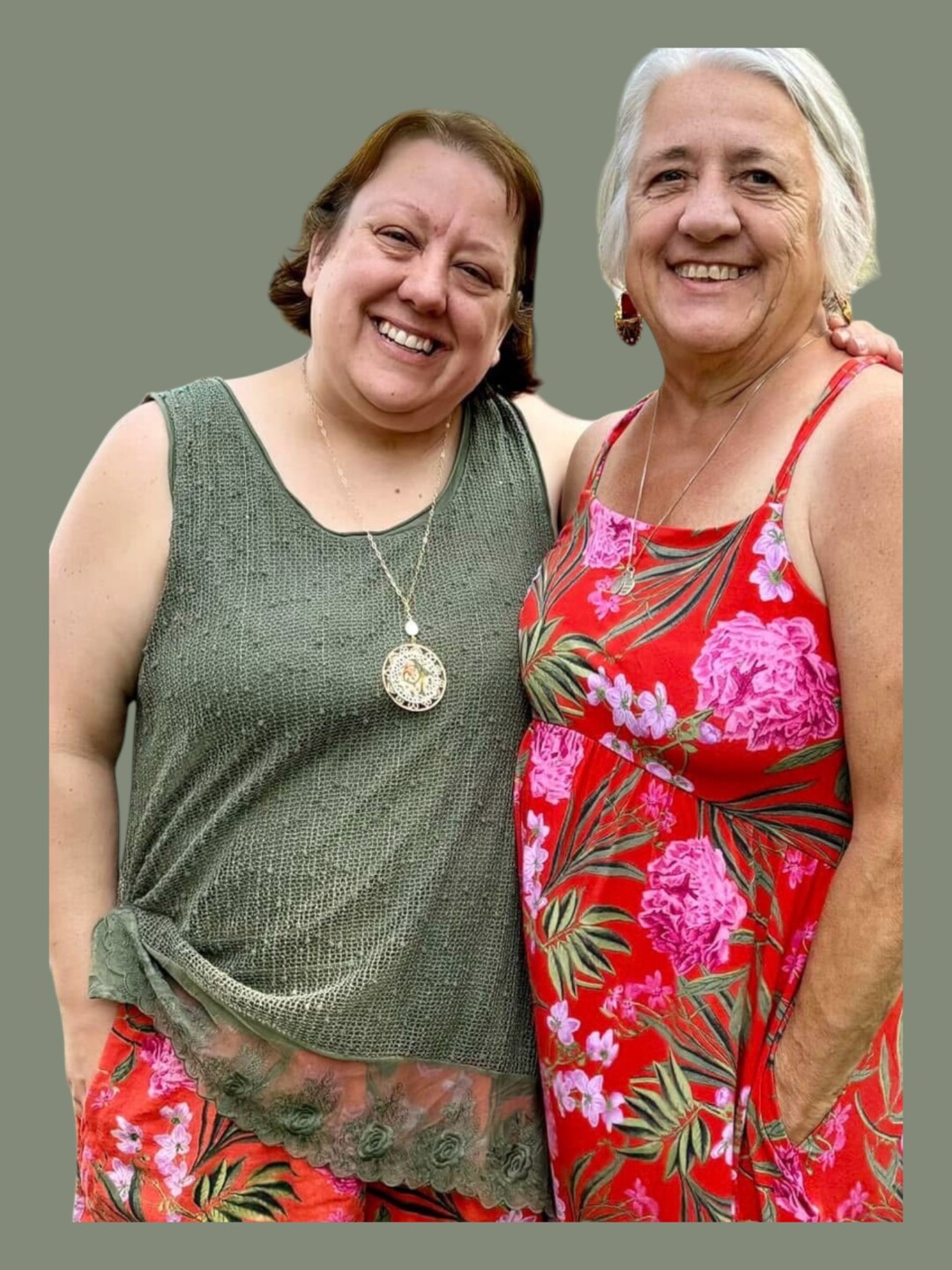
Both Linda and Leah are self taught. They’ve taken a few classes at local bead shops but most of the skills were learned by trial and error. The hardest part of the business isn’t creating the art, but applying for art fairs, setting up partnerships with stores and marketing. Neither of them have business degrees and often struggle with the “boring” business part of being working artists. The art market has also changed so rapidly in the last couple of years. It used to be good enough to only have a website but these days, social media is much more important. Marketing yourself on social media could be a full time job. Leah has a career outside of the jewelry business and doesn’t have the time to really market their work as much as she would like. Read more>>
Renee Evans

I’ve always had an interest in art and knew when I was in high school that all I wanted to do was create. I took as many art classes as I could and then went on to take fine art painting in jr. college and eventually went to art school. I learned so much in the classroom, both from teachers and from being with other creatives, but as an artist, you also learn and become better through experimentation and simply creating. I learn something with almost every painting I complete. There is a lot of learning through failure with art, as well, but it’s essential to keep trying so you know what works for you and what doesn’t. I also think being an artist is such a unique journey. Painting was what I always wanted to do, but I didn’t stick with it and took about a ten-year hiatus, I just didn’t make time for it and eventually I missed it so much, so I had to fit it back into my life. In many ways I was my own obstacle, but I eventually found my way back and now I paint every chance I get. Read more>>
Briana Woods

I’ve learned photography and the business of photography through self-directed online education (shout out to LinkedIn Learning and YouTube), the advice of photographers in my area, and practice. I’m still learning, absolutely.
To speed up my learning, I’d have shot in manual mode sooner. I wasted lots of pixels because my shutter speed was too slow. Turns out, if you’re already shooting in aperture priority, manual ain’t even hard. One of the foibles of self-directed learning: self-directed avoiding an essential skill. Read more>>
Tony Poteet
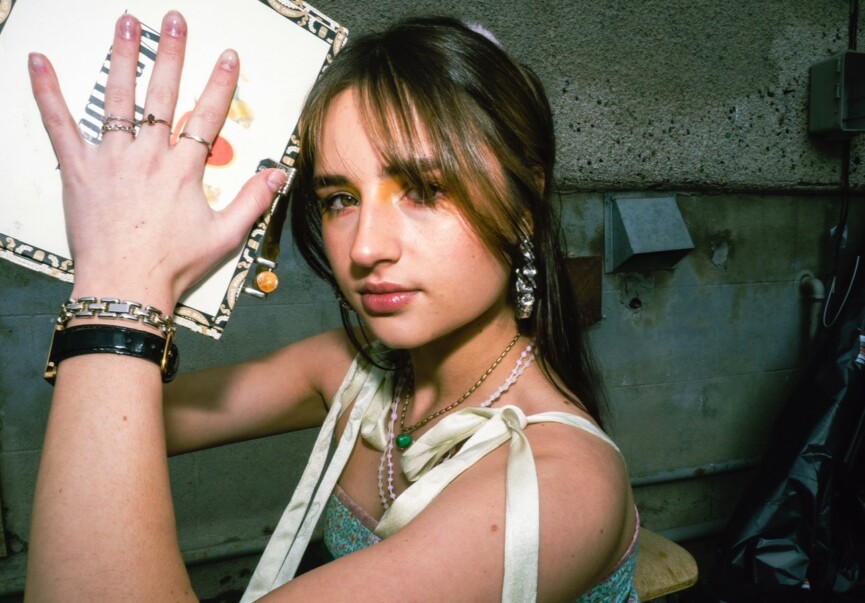
Acquiring foundational skills at a young age significantly enhanced my sewing and crafting abilities. In the beginning, most of my projects involved hand sewing, which felt tedious and time-consuming at the time. Mastering essential techniques is crucial; once you grasp the basics, you can build a solid foundation. I would never claim to know everything about garment construction, as the learning process is ongoing. New techniques and innovations continuously emerge, simplifying processes. One key factor that has benefited me greatly is finding a sewing machine that meets my needs. Throughout my sewing journey, I have used various machines, whether due to breakages or outgrowing them. A little tip: YouTube is truly your best friend. For any detail needing clarification, countless creators produce videos that explain concepts in great depth. Read more>>
Megan Davey

In college, I studied journalism, advertising and public relations. It was required that each student in my mass communications college took visual media classes, which is the first formal training I ever received for photography. That was just the tipping point. Once my classes established my interest in photography and really trying to pursue it as a business, I dove into the industry head first. For a year, I worked as a creative intern for a prominent wedding photographer in my area. I learned her processes for social media, booking clients, client communication and other marketing methods. I was so obsessed with learning more that I spent my free time watching YouTube videos on everything from editing to gaining clients. The most essential skill that I had was motivation. Read more>>
Sam Sweeny
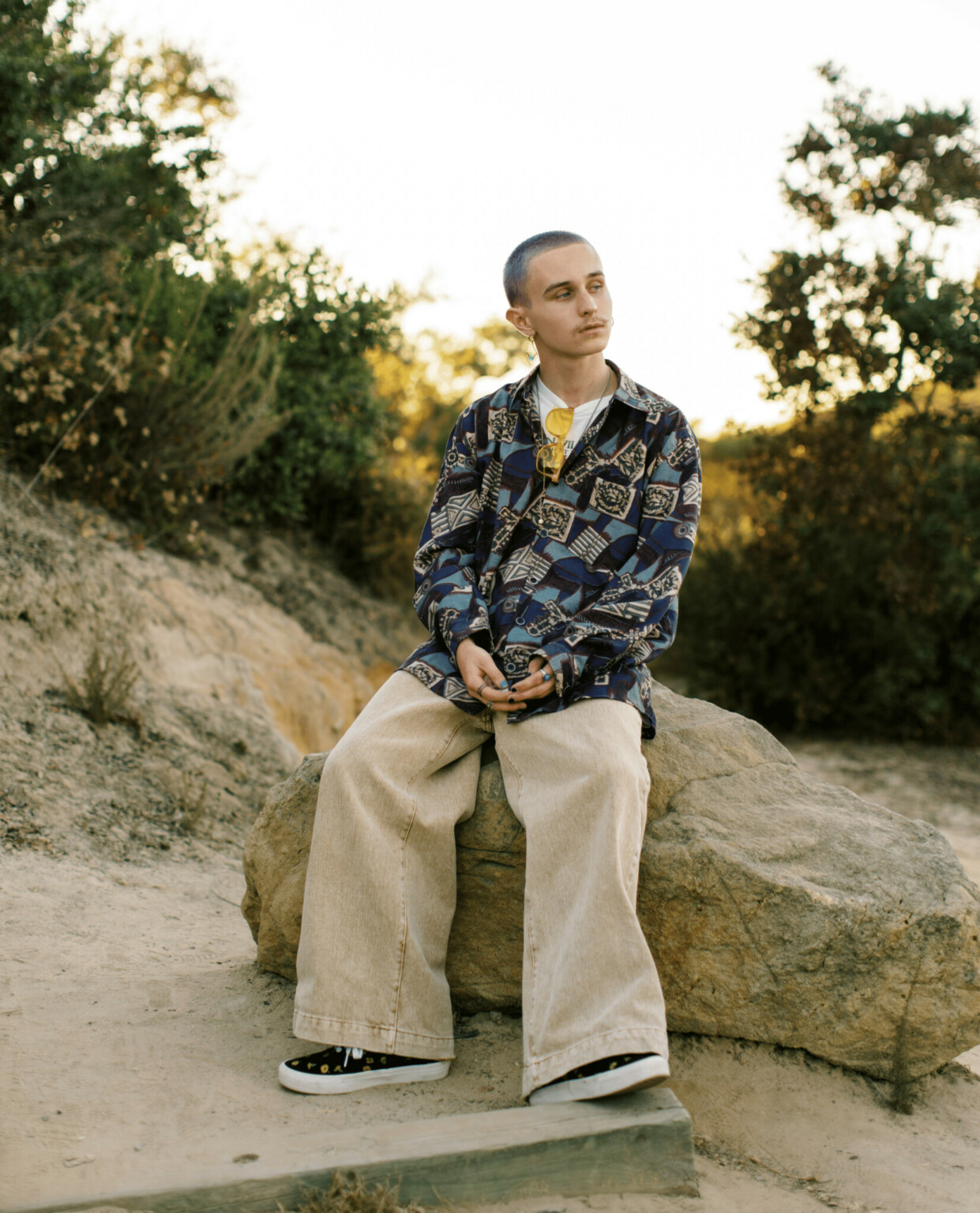
Music grabbed my soul’s attention from the very beginning, and before any formal training, I loved spending hours as a little kid since I was like 3 just experimenting on any noise maker that was around; I loved my toy instruments, and little guitar and drum things, but the piano just drew me in from the start and I fell in love with improvising for hours. I struggled with math as a child, and one of my teachers mentioned that learning piano would help that part of my brain, so I got put in lessons like many kids at the age of 7. I was eager to progress, and I picked it up quickly, showing a lot of interest and determination, and reading about the history of composers and studying classical music was my introduction to the instrument. Read more>>
Lauren Stevens
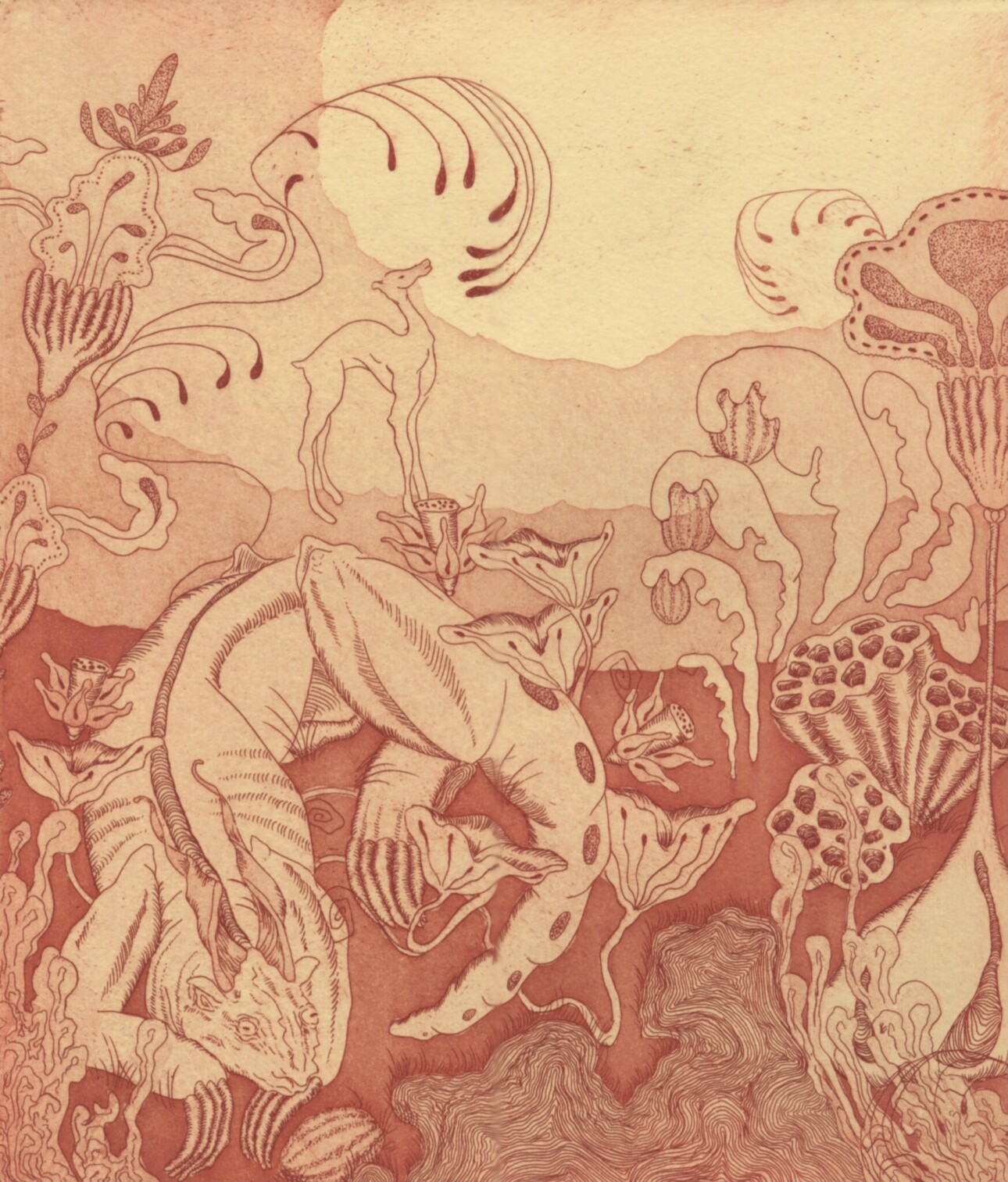
I now have 5 years of Fine Arts professional schooling, and I have been drawing obsessively since I was 5. I am currently a gradate student at Arizona State University furthering my expertise in traditional printmaking and design.
I really can’t imagine a way I could move faster, I’m working in a medium that was originally made of skilled craftsmen training under a master printer and eventually making their own designs after many years of labor. Perhaps my greatest conflict is my desire to work faster and building goals that are more align with the culture rather than the 16th century nature of the work. Read more>>
Steph Trivison

I started songwriting, and doing what I’d later learn was production, when I was very young. My dad, a musician himself, had a TASCAM 4-track in the basement of the home I grew up in and he helped record my first two songs at 6 or 7 years old.
The seed planted that day bloomed very slowly over many years. I got a drum set on my 8th birthday. A guitar on my 9th. I joined the school band in 5th grade. Started my first real band as a sophomore in high school. Music was never NOT around, so the essential building blocks of music production – understanding arrangement, instrumentation, a wide range of genres – were already in place by the time I bought Logic Pro and went all in. Read more>>
Mikey Smith
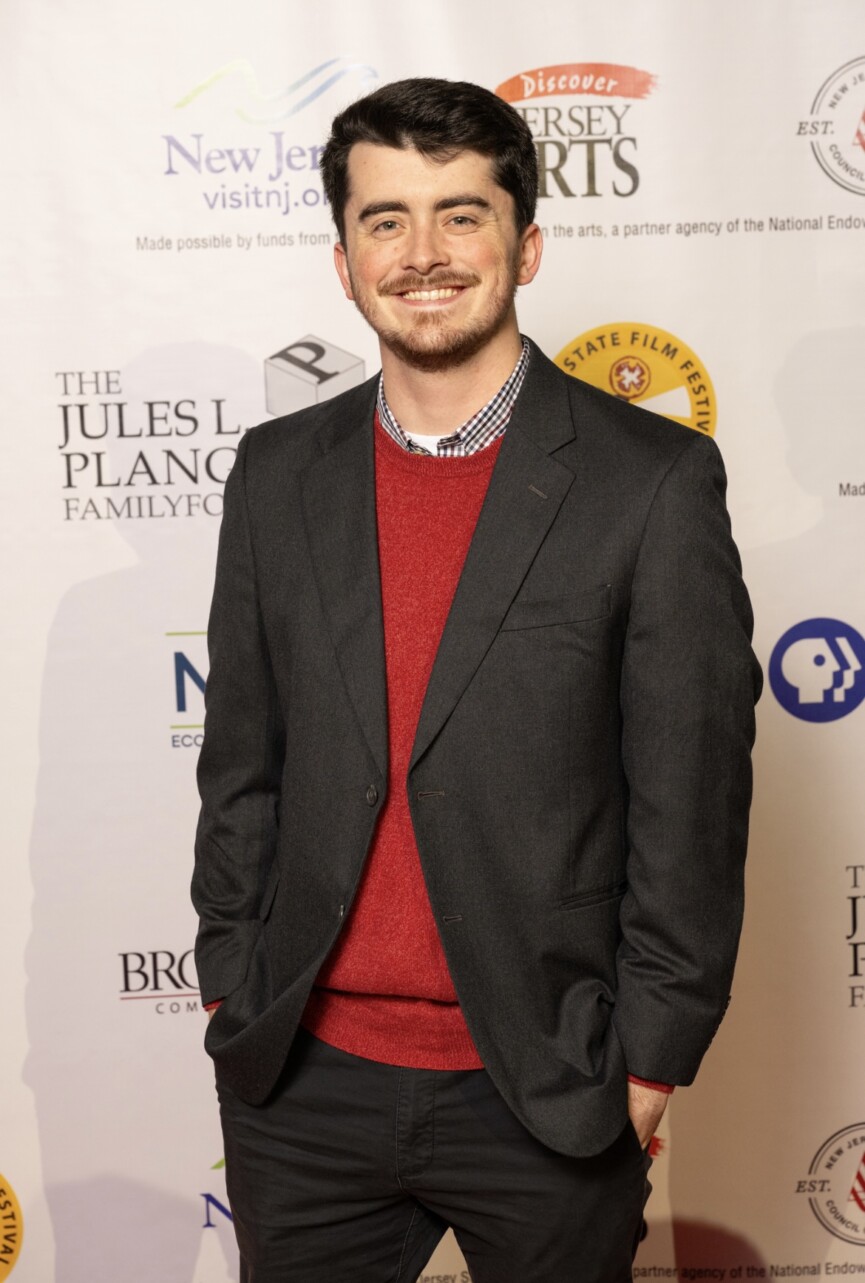
I began learning filmmaking at the age of 13. I had always enjoyed participating in the performing arts, but it wasn’t until the 7th grade when I got my first camcorder. Once I got that camera, it was game over. I immediately became obsessed with learning all there was to learn about camera work, editing, and even visual effects. I spent my entire summer not by the pool, but by watching Adobe After Effects tutorials on YouTube of how to make someone fly or shoot lasers from their eyes. It started off just as a fun, cool thing to show off to people. But soon after, it became my passion. I started not through a school or program, but by doing. I gathered my friends, wrote a short five episode web-series about two government assassins who live in a Sci-Fi world, and fight crime and I learned a ton. Read more>>
Abby Meeker
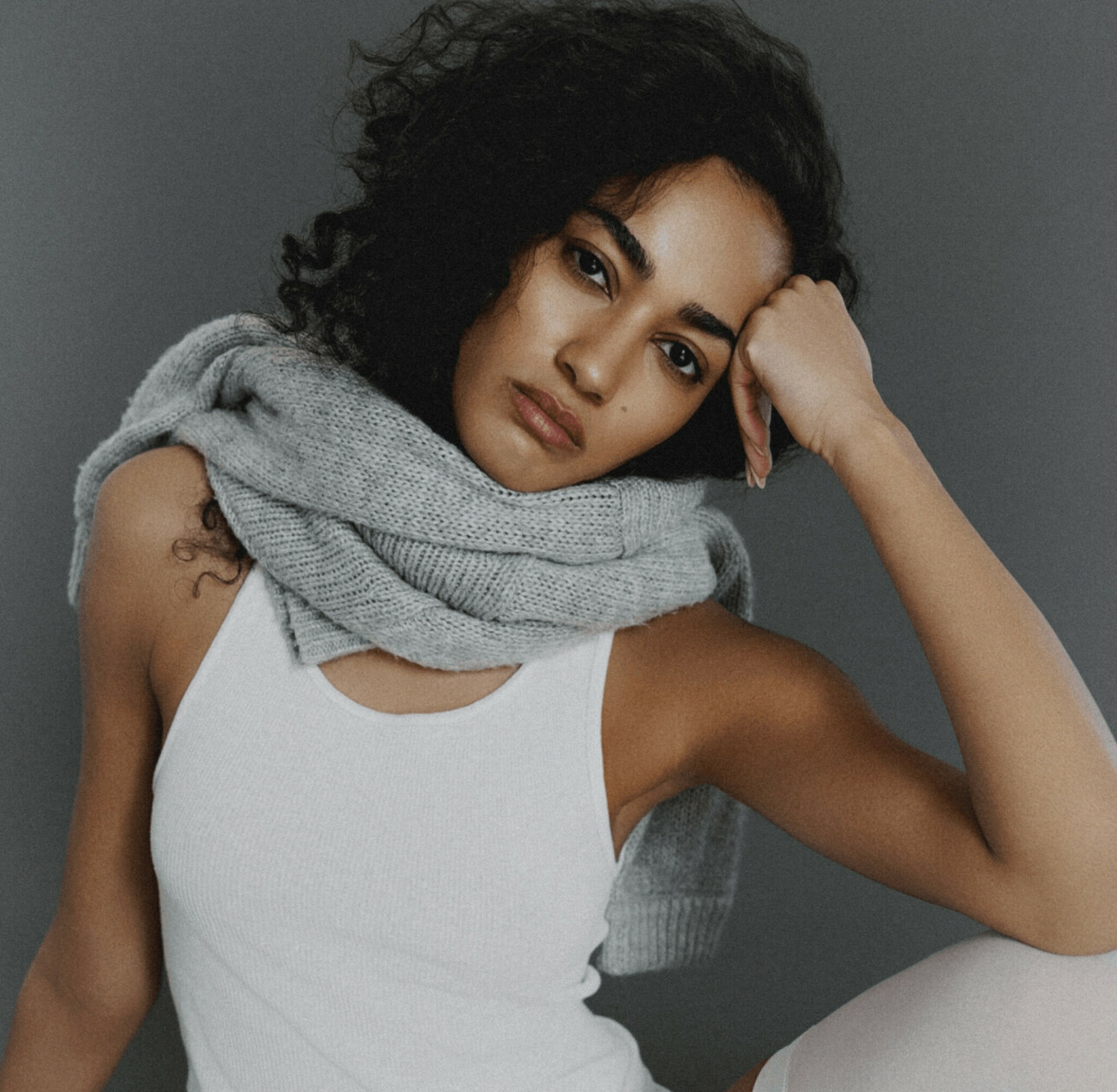
Practice and dedication. While genetics is always a plus, the real work comes from understanding how to work my angles and embody different styles. I would spend my free time studying Vogue covers, iconic poses, and fashion campaigns trying to mimic what resonated with me. I always stay inspired by the creatives I work with on a daily basis. Whether its observing how other models pose on set, asking photographers for feedback, or requesting the mood board in advanced, I take in the detail and use it to improve my craft. Looking back, I wish I was as motivated and dedicated as I am now. I think one obstacle that stood in my way, was the mindset of constantly feeling like I always needed more. Read more>>


